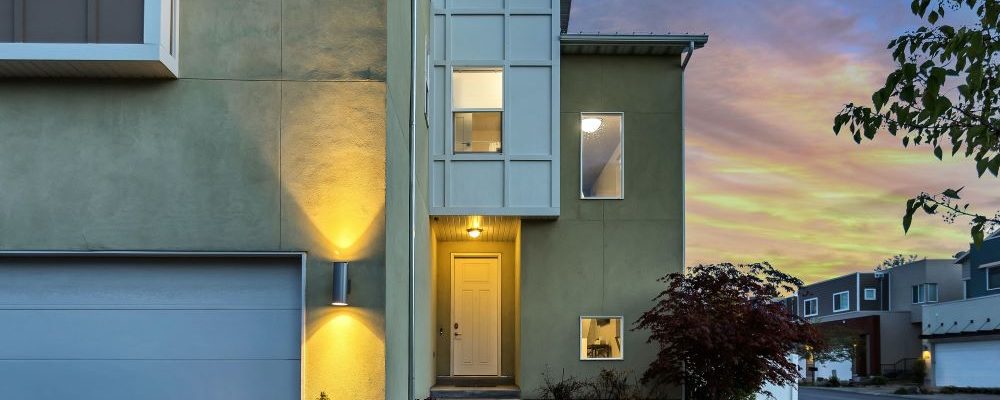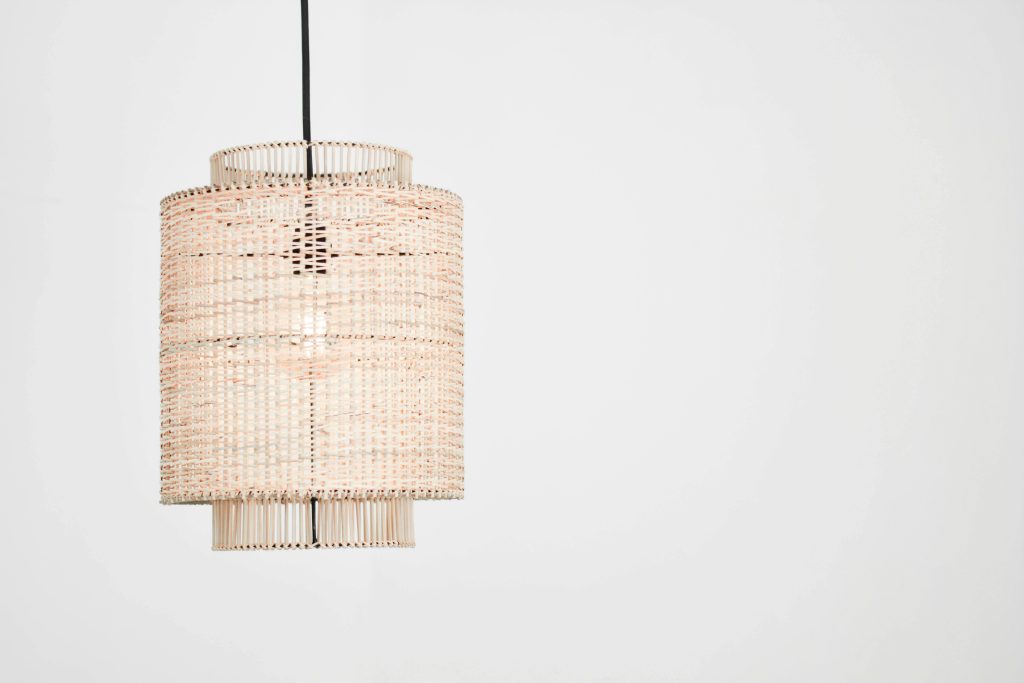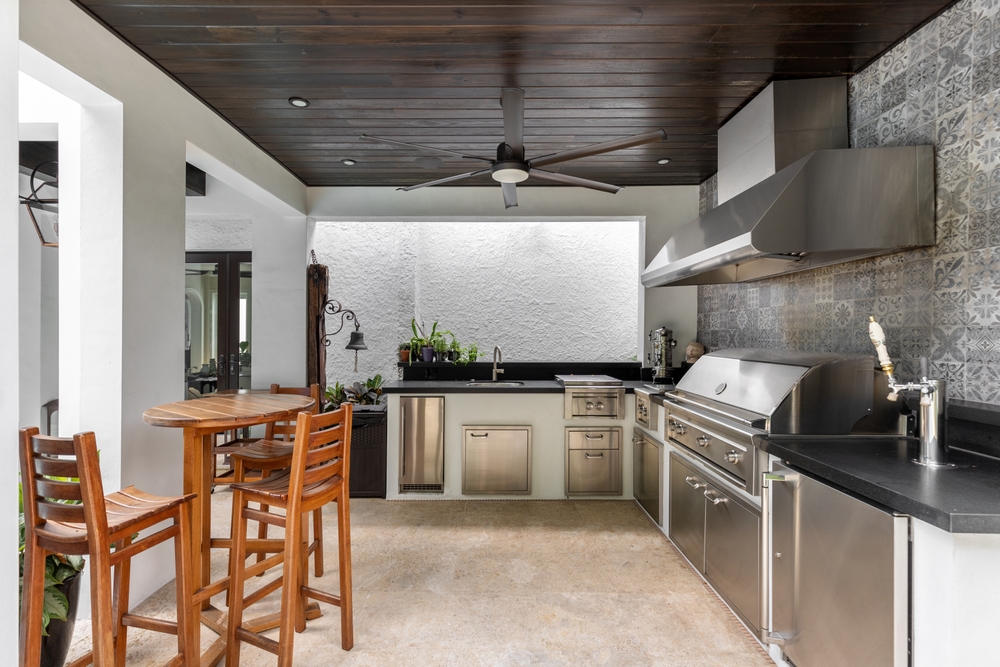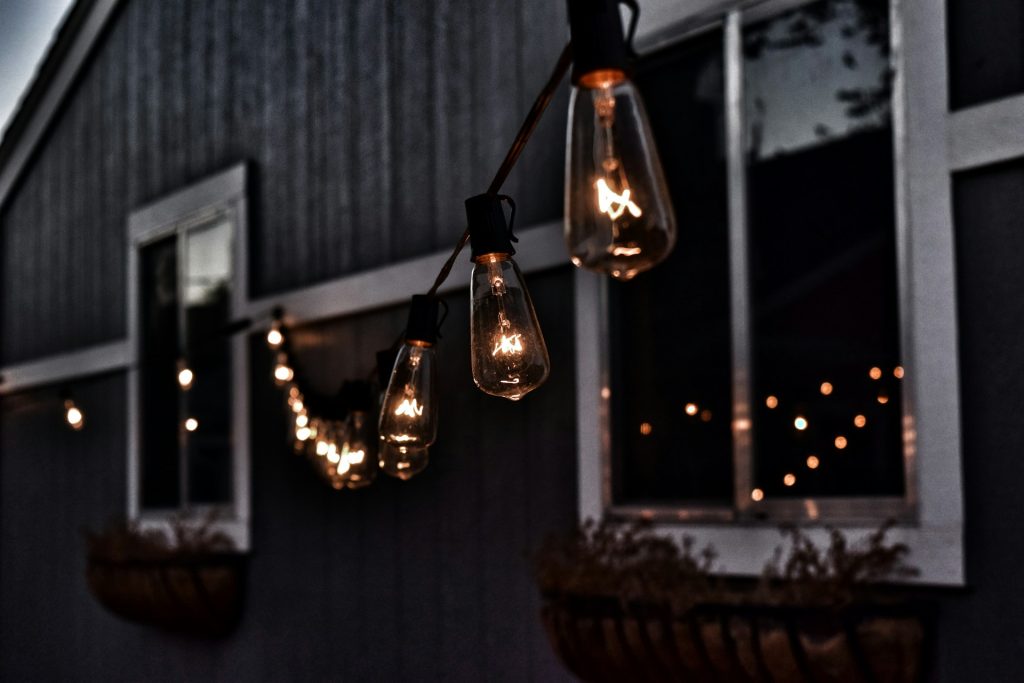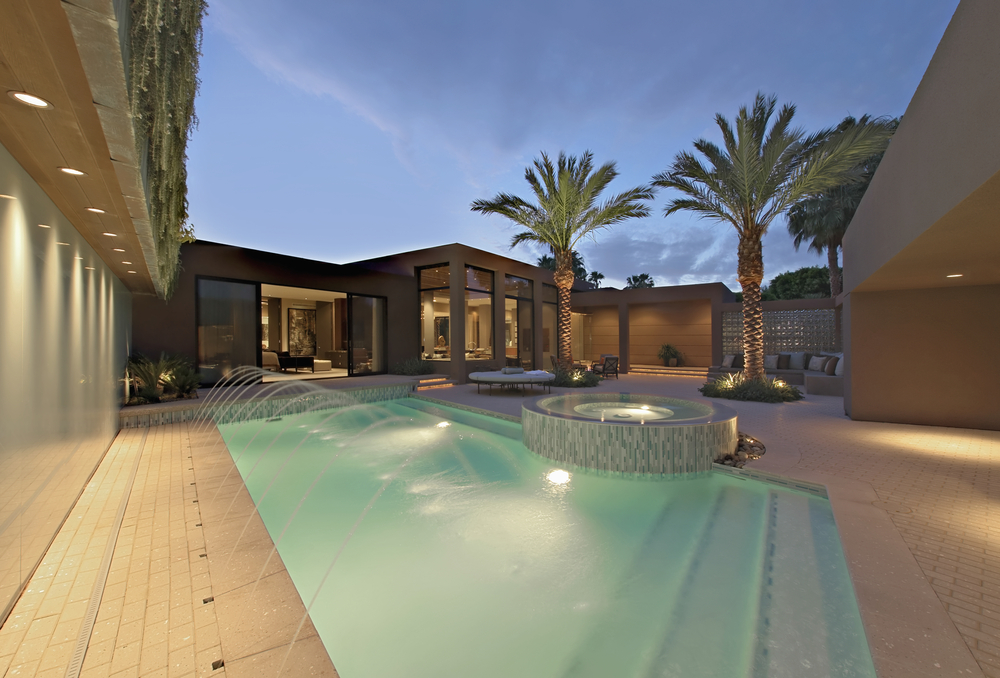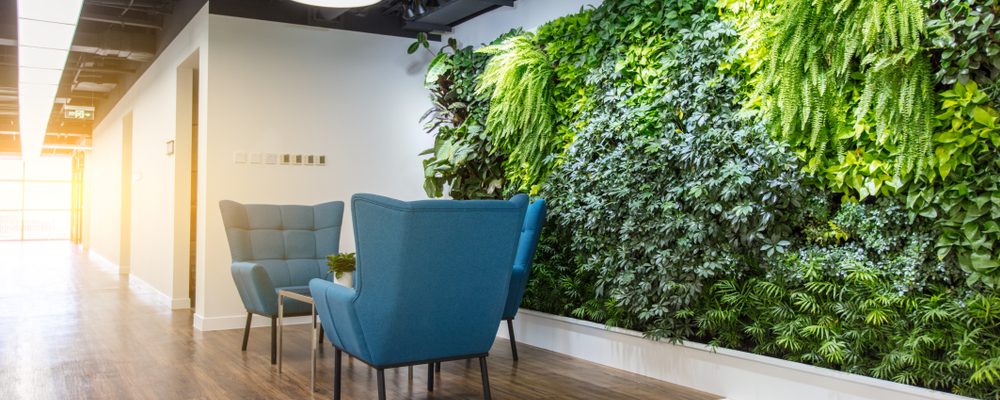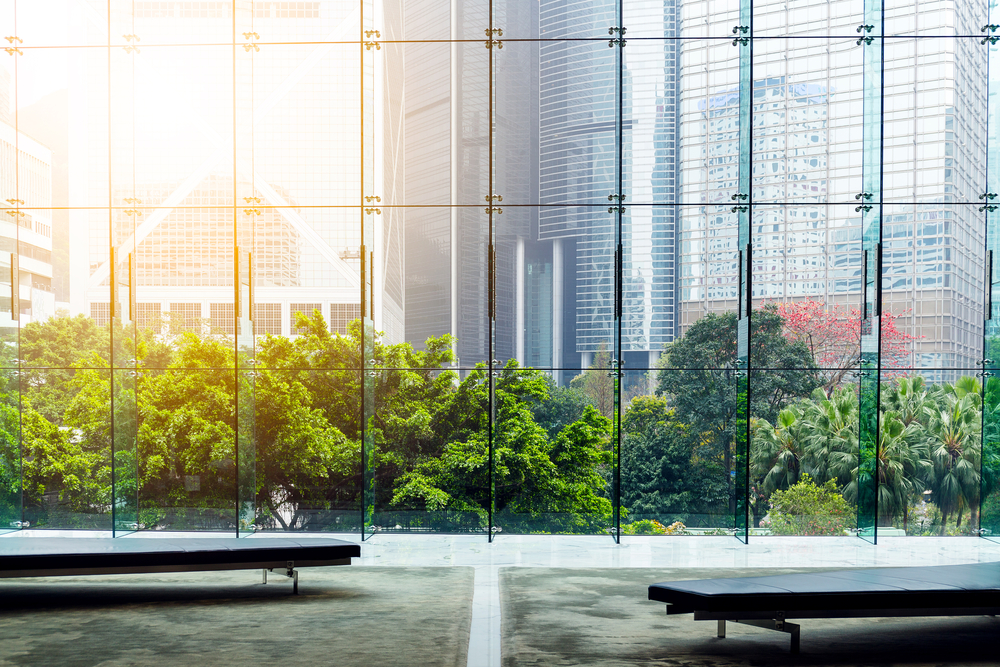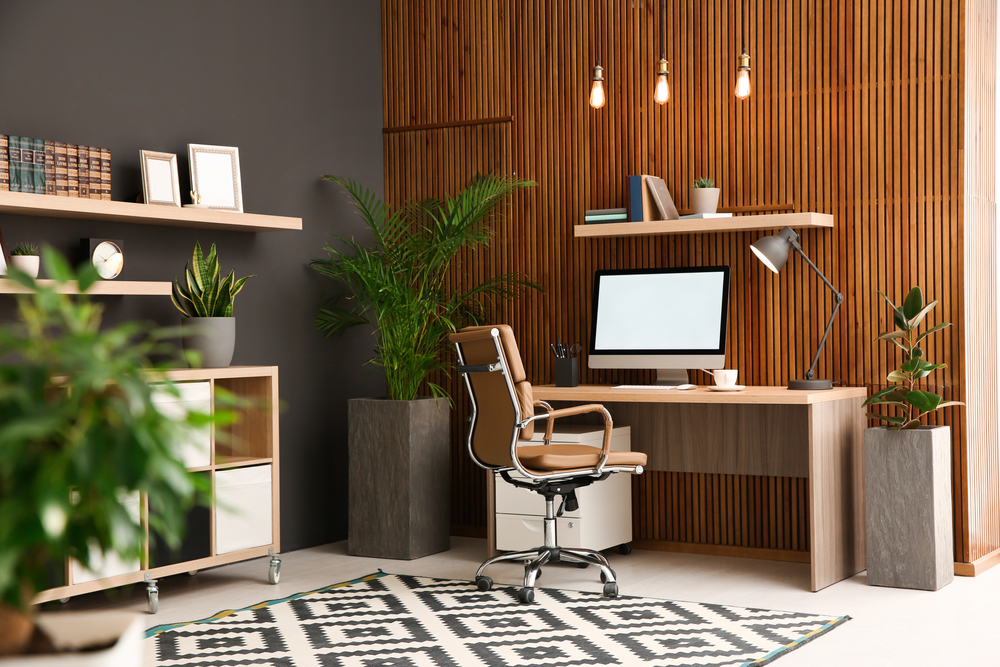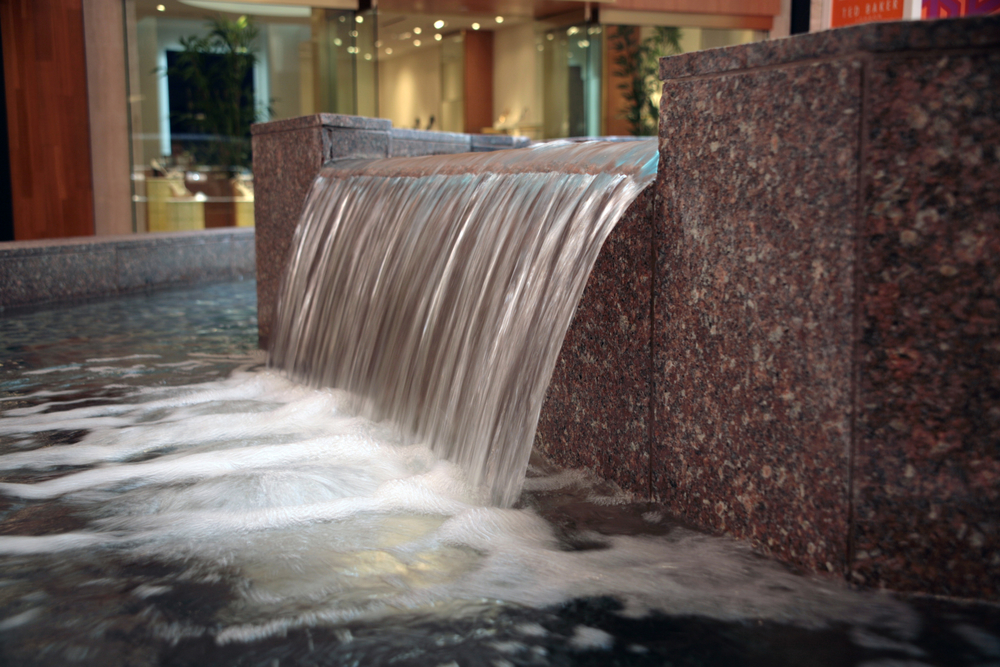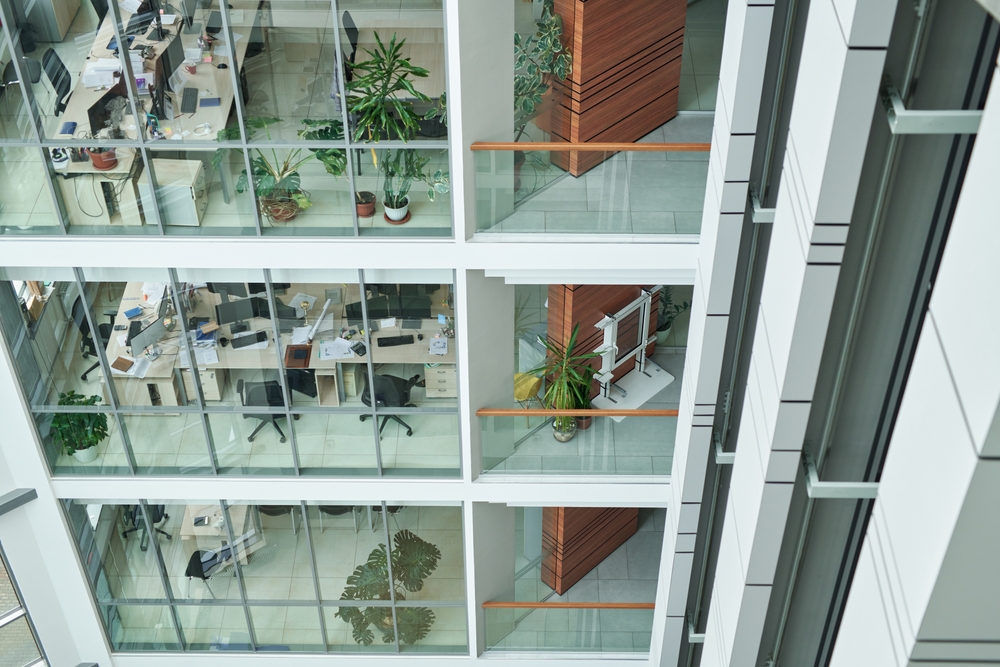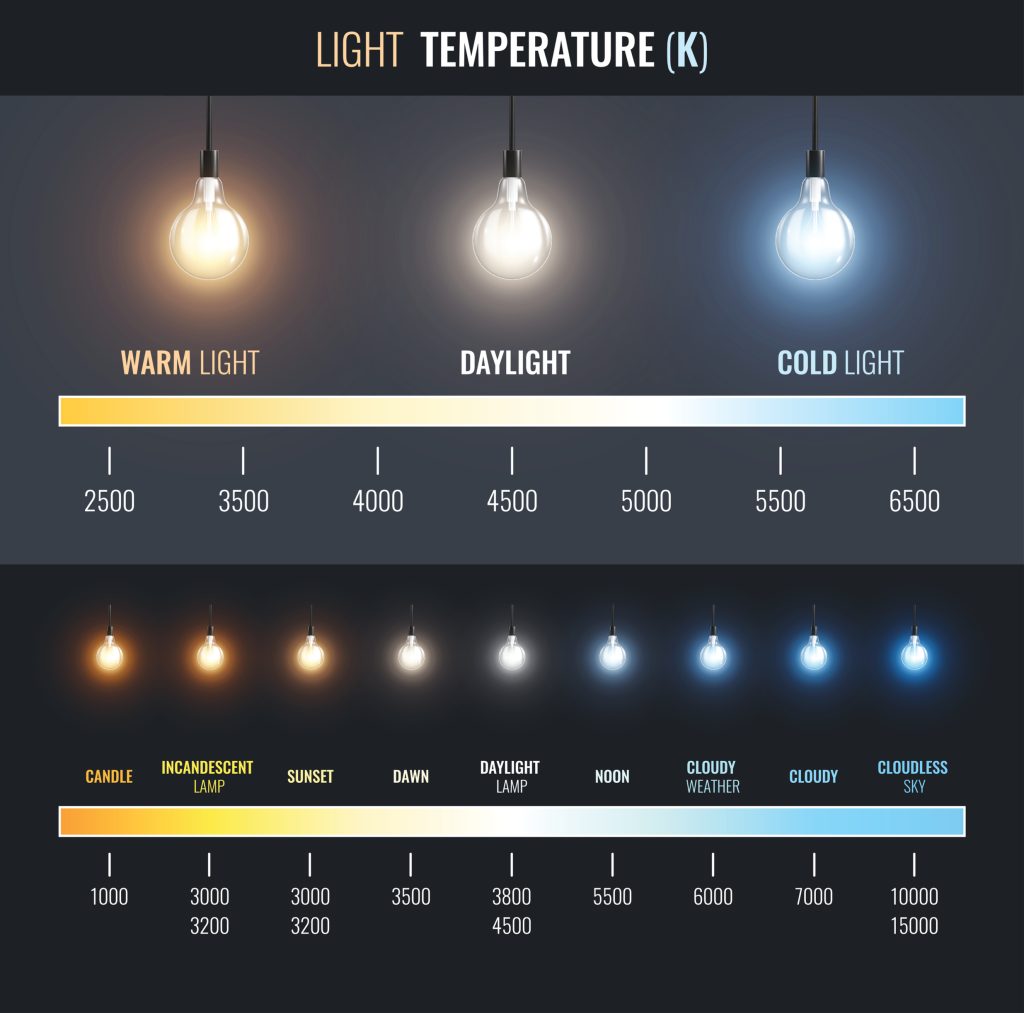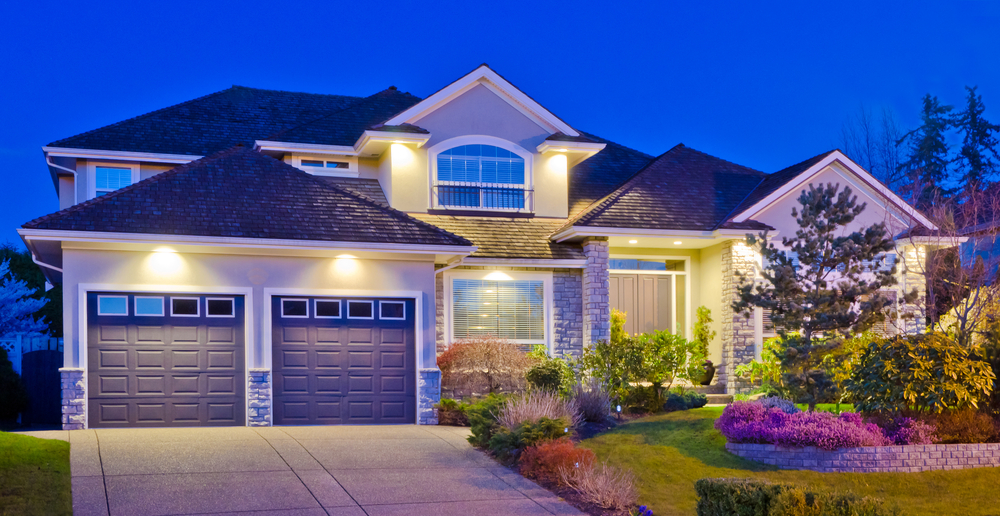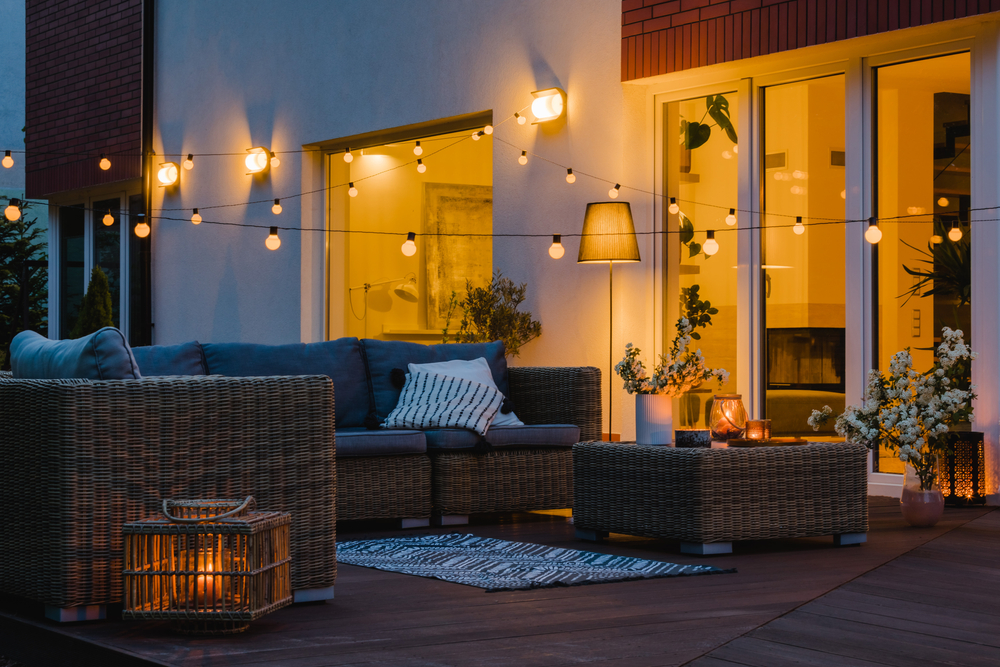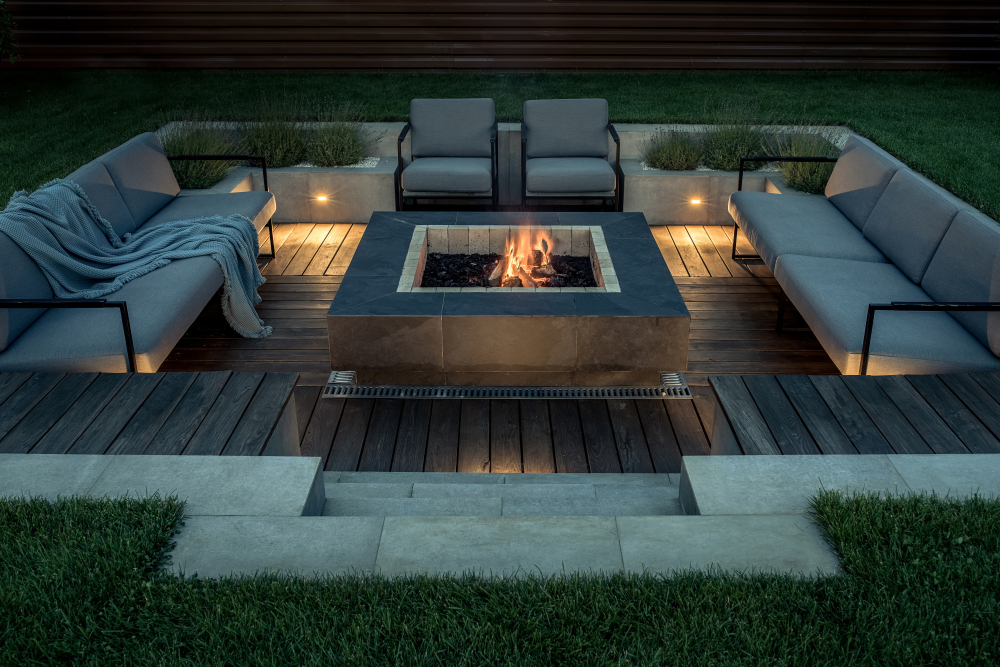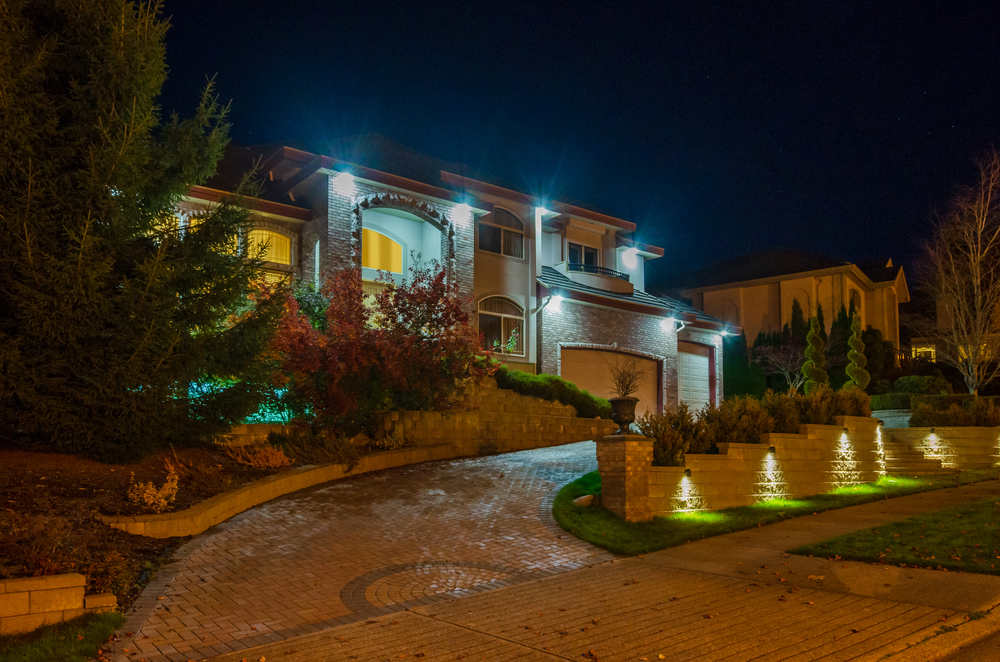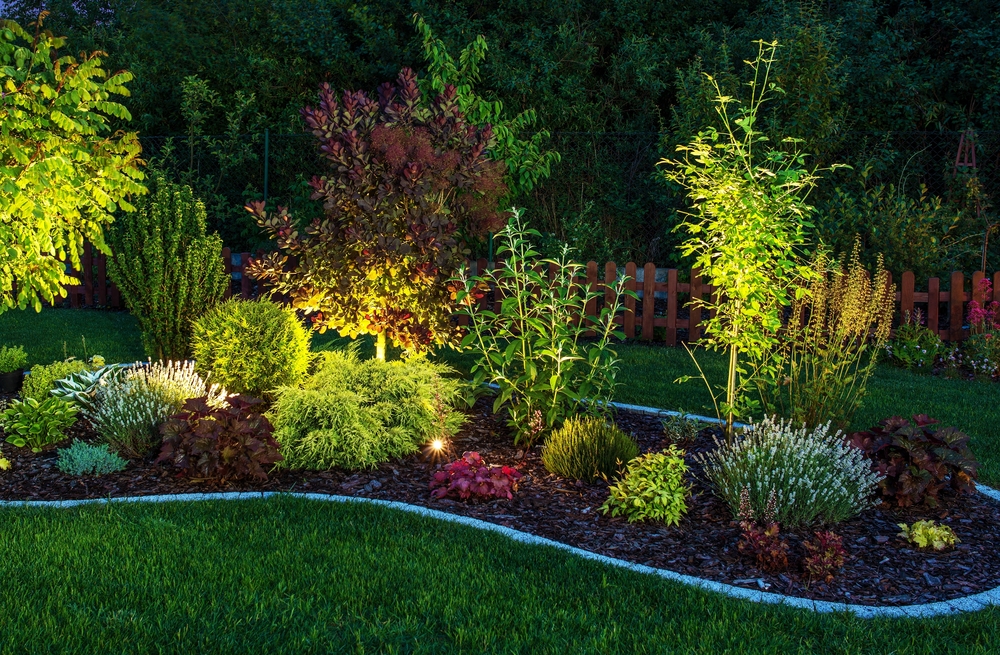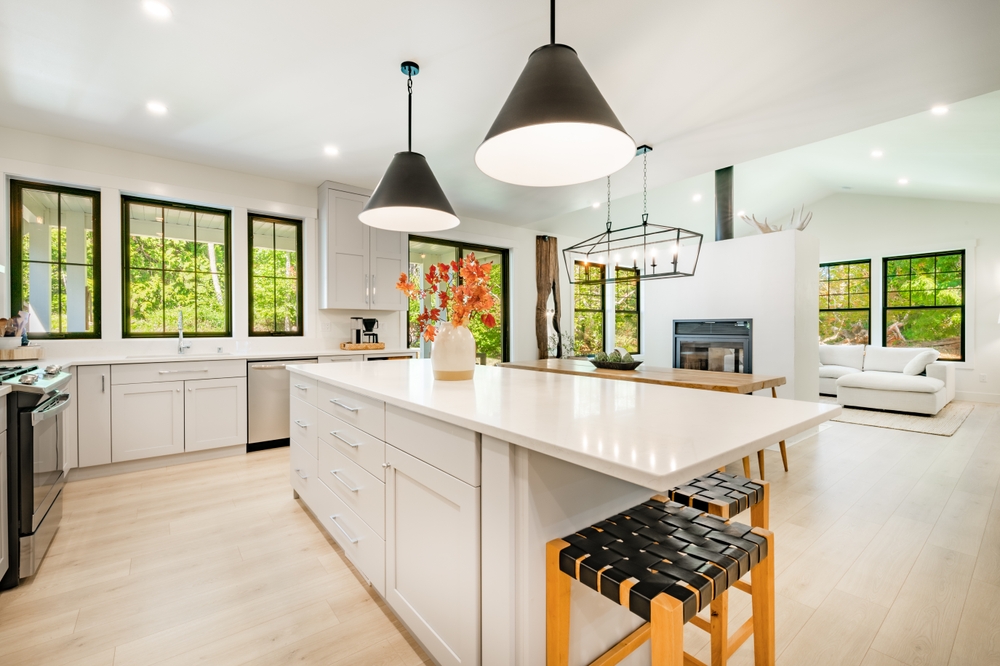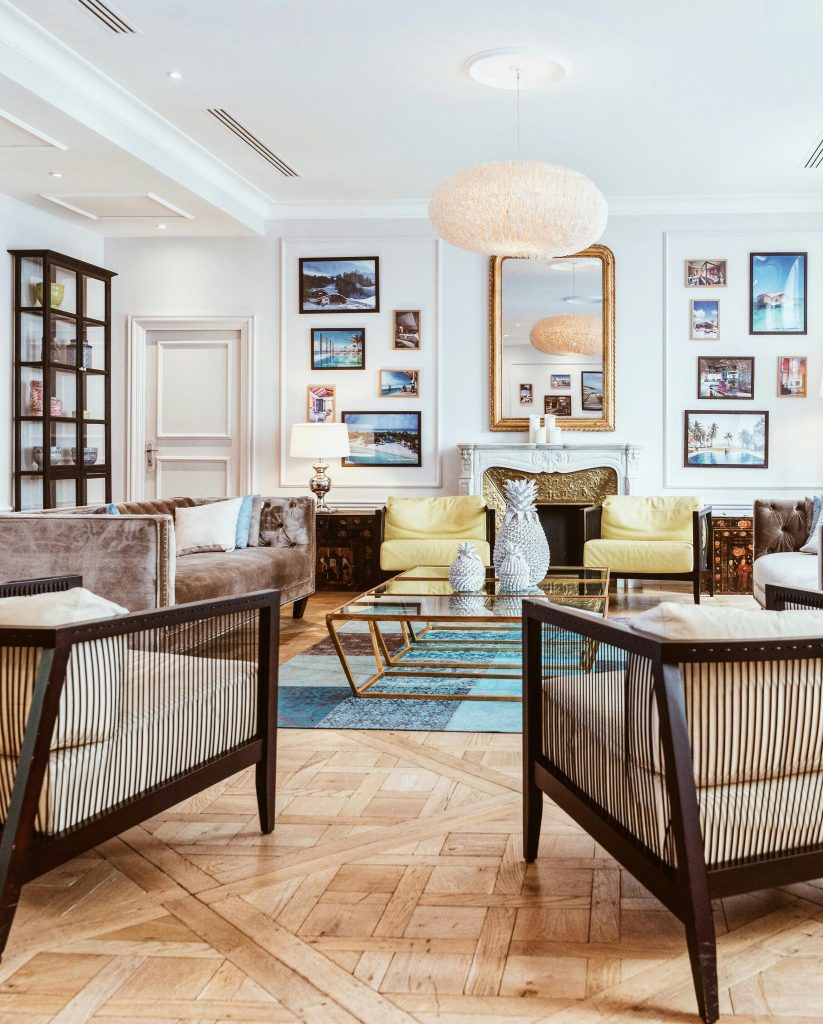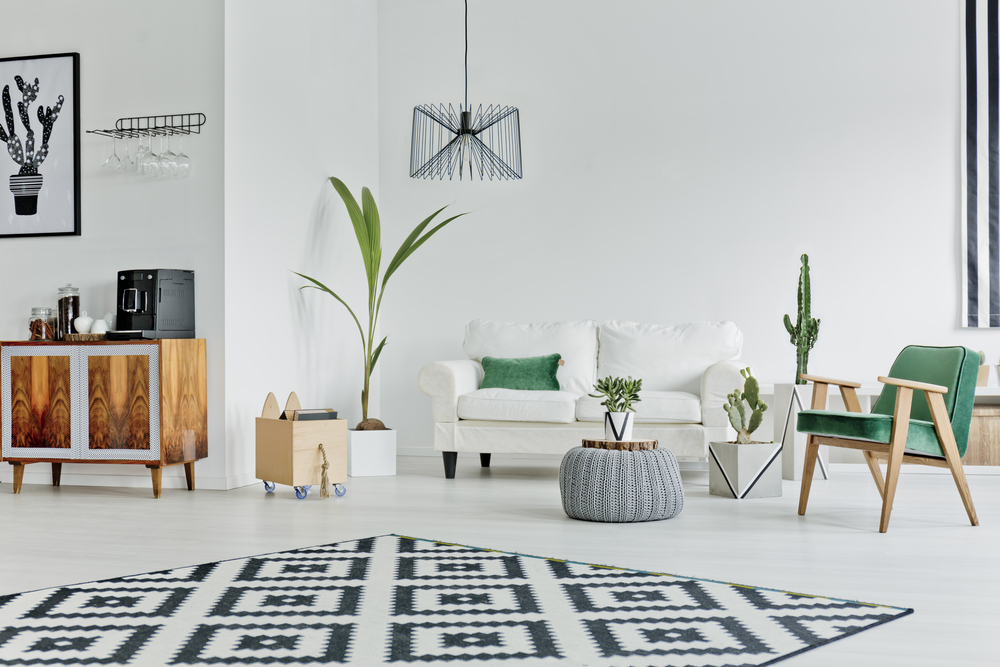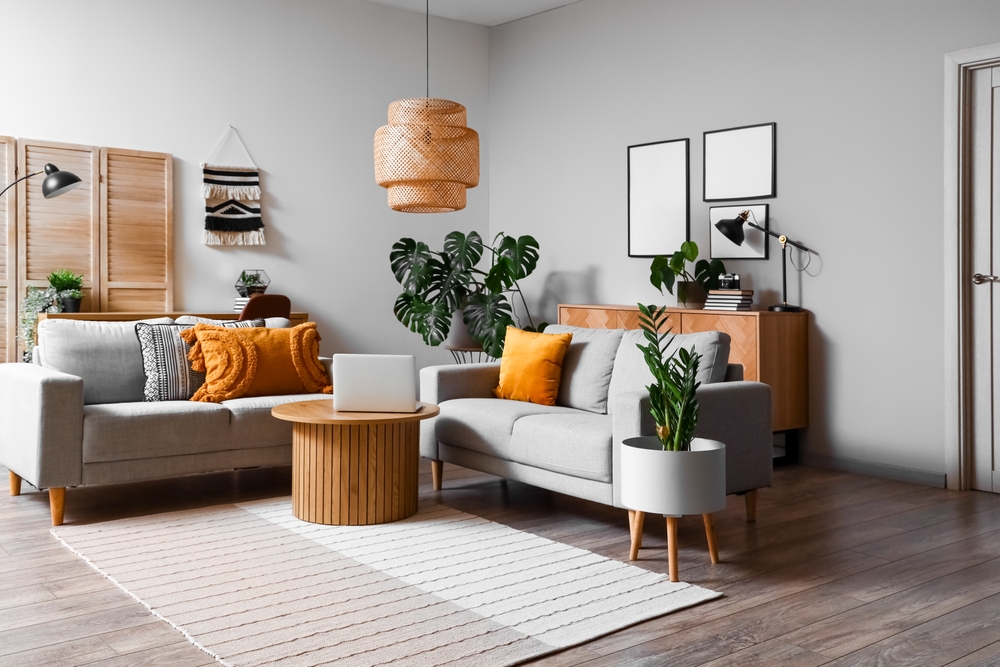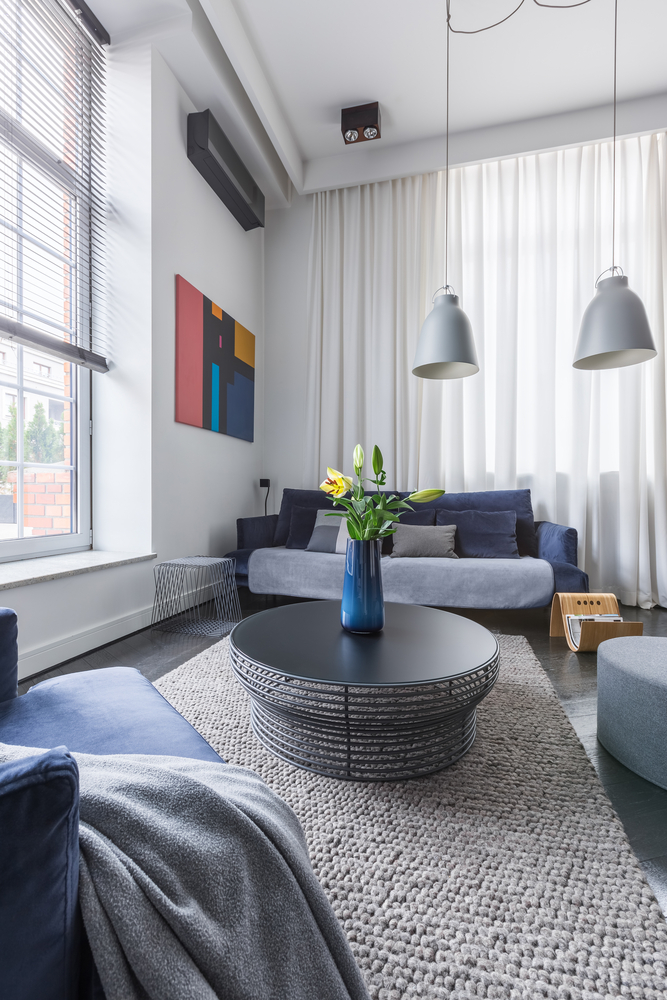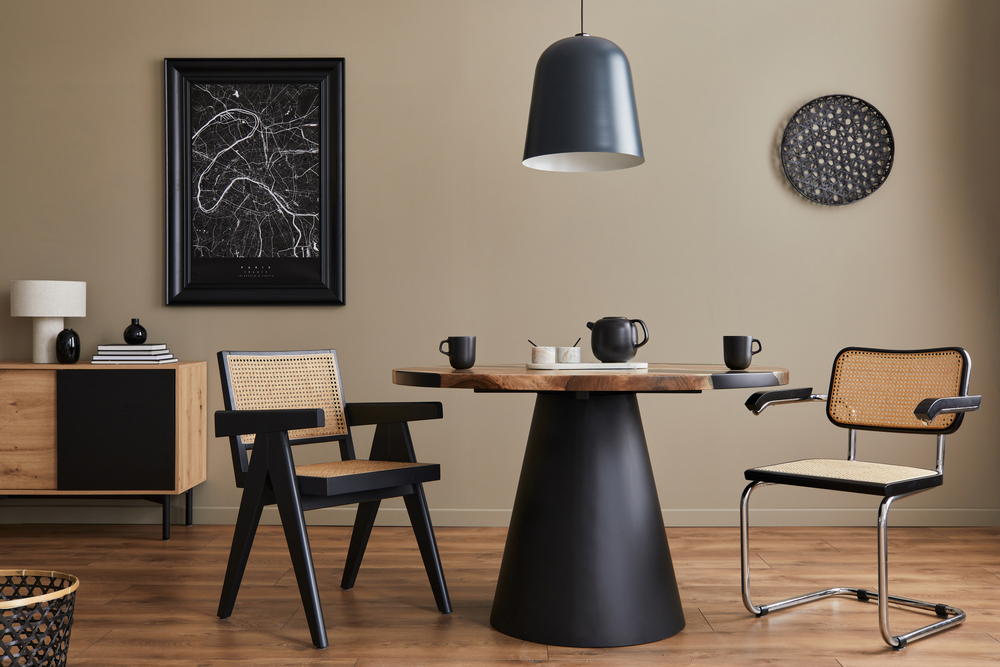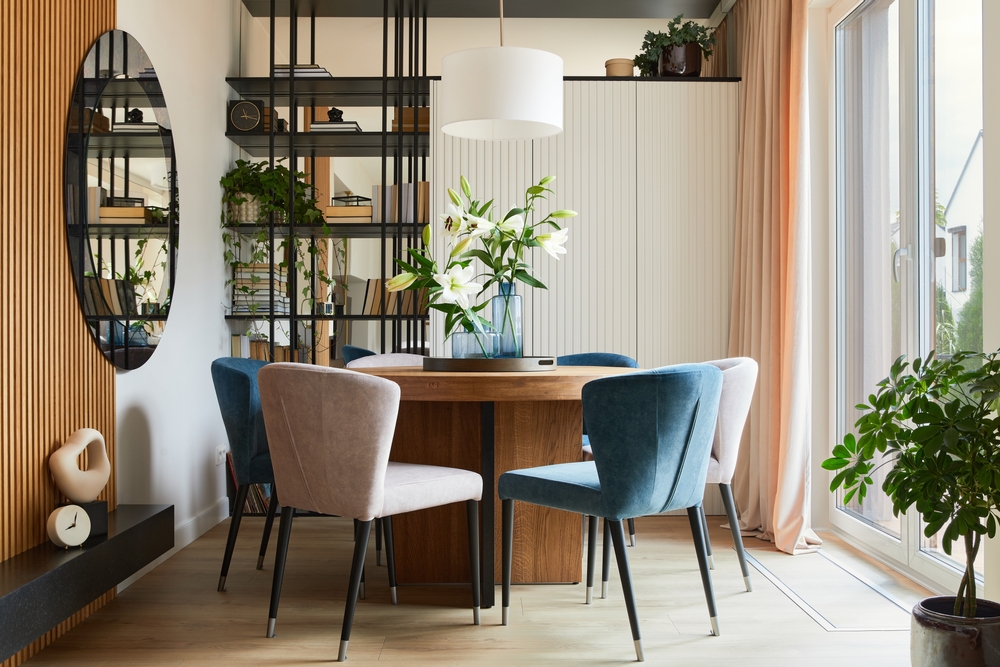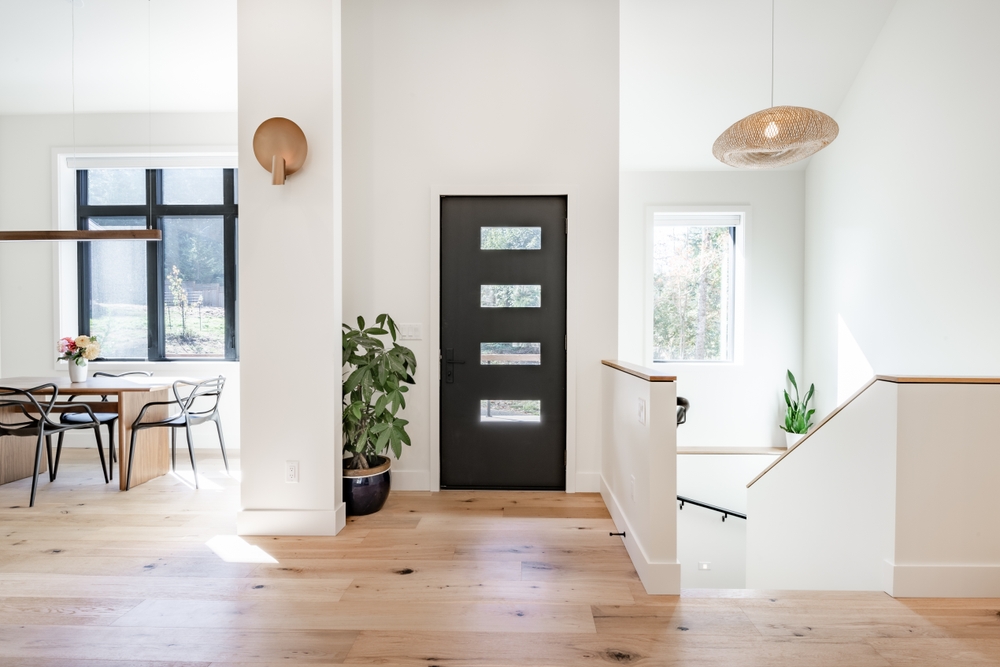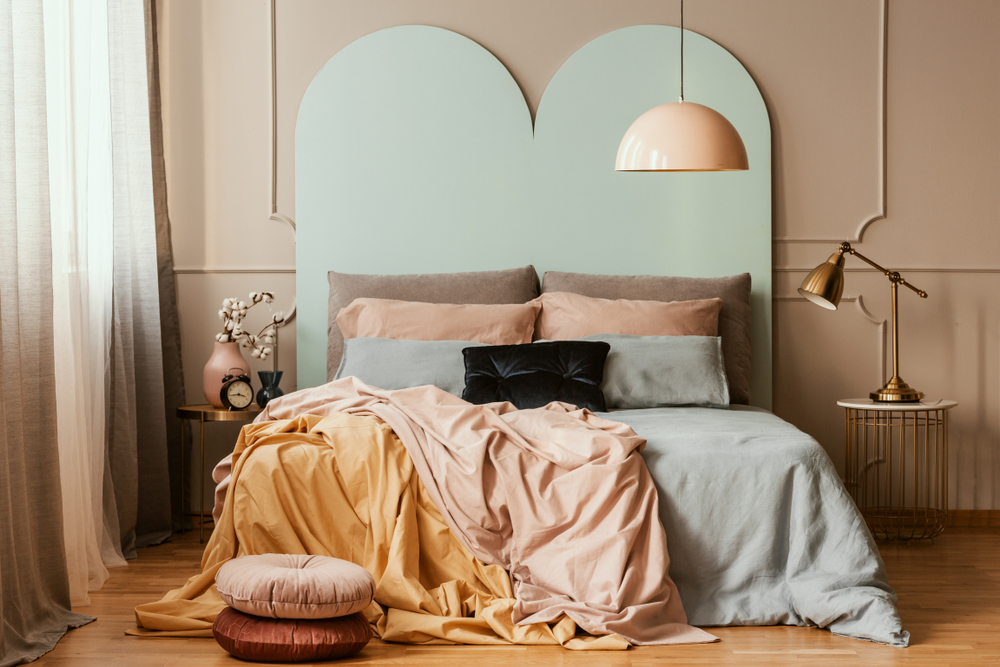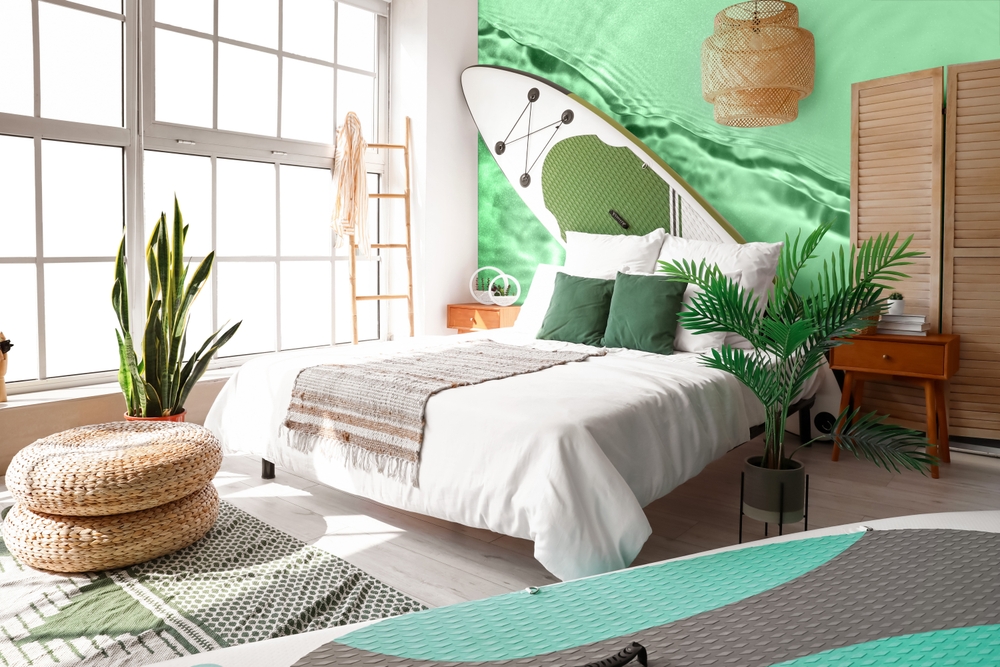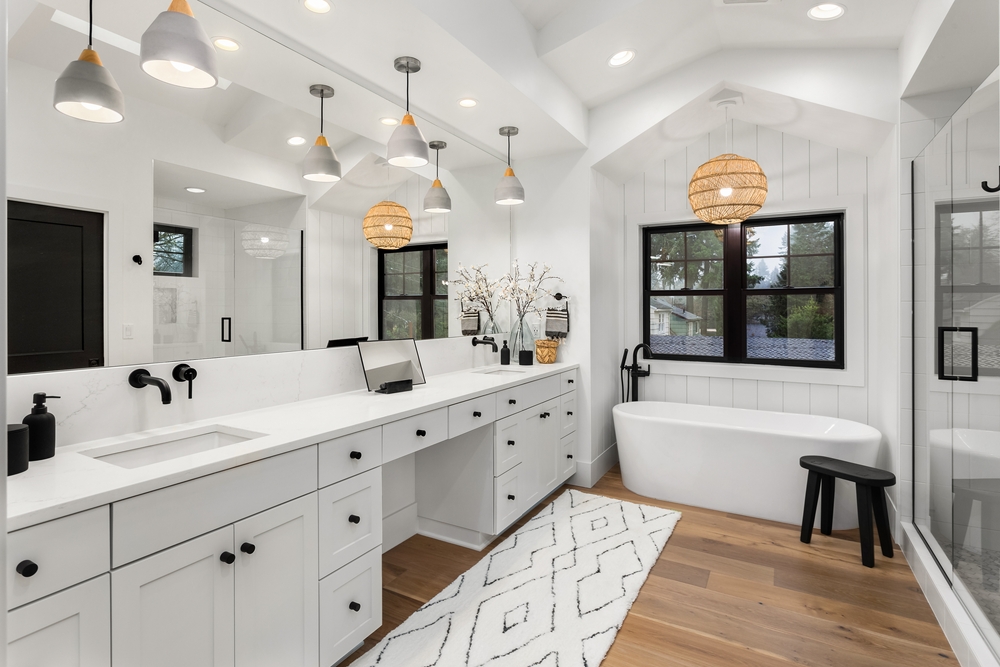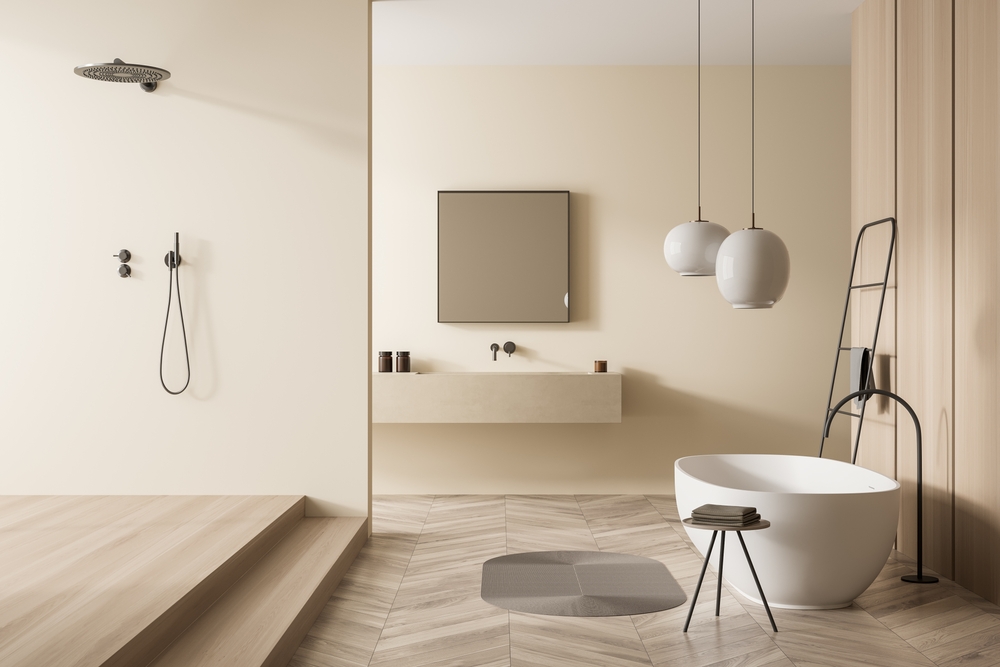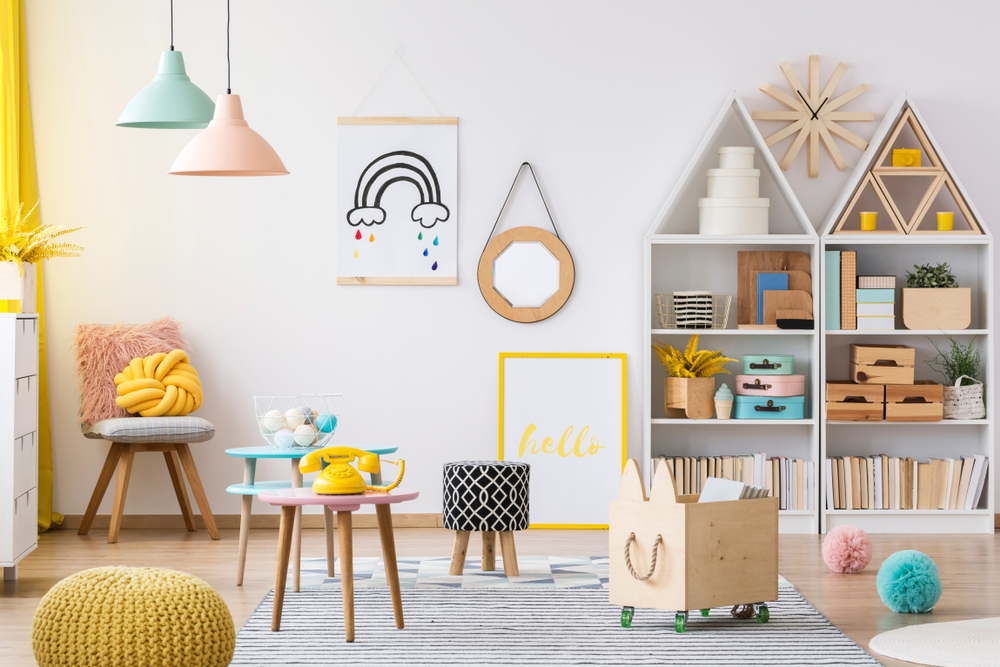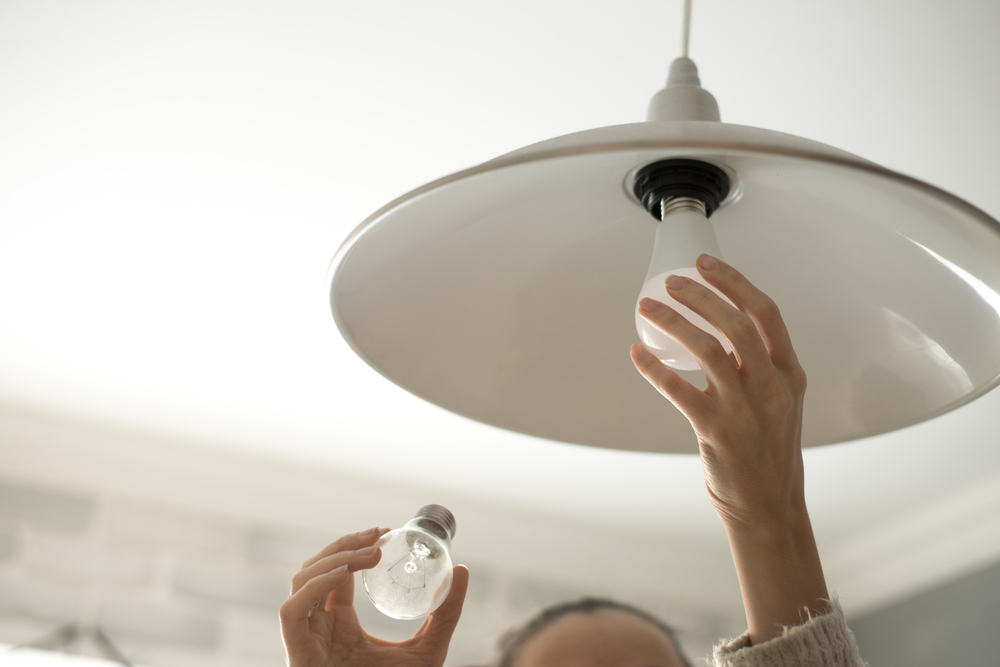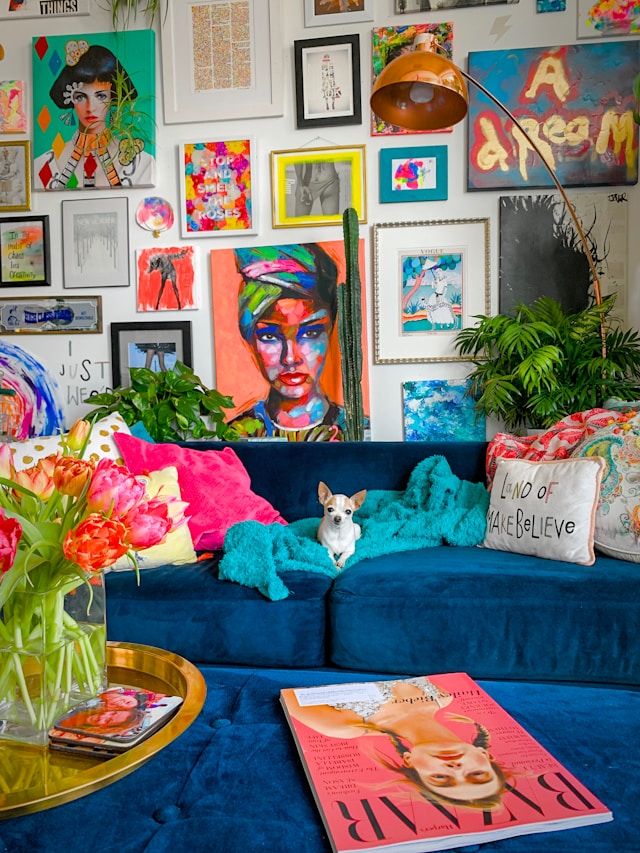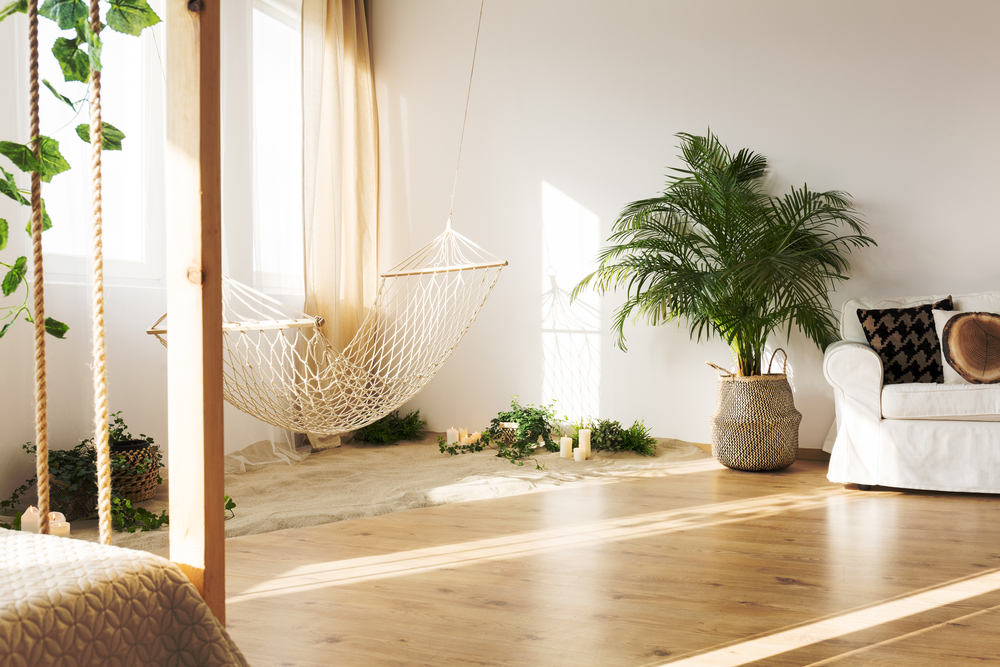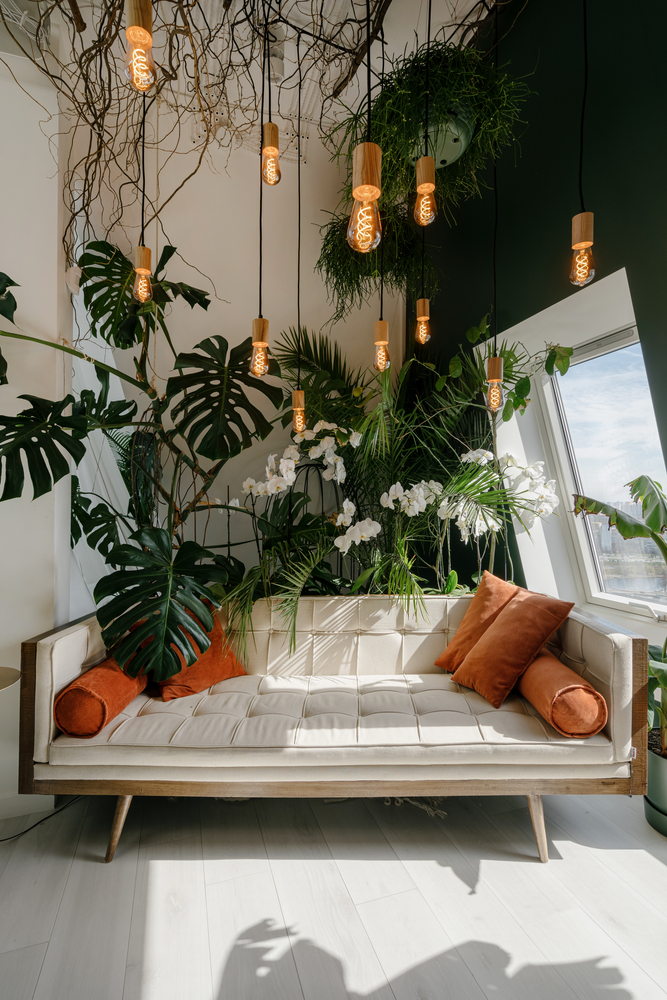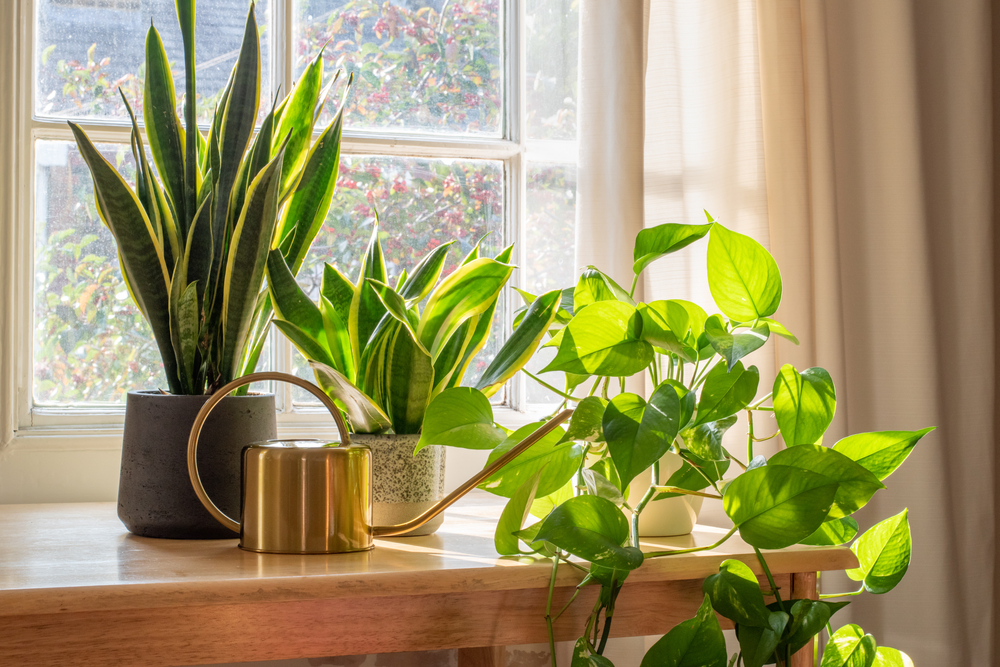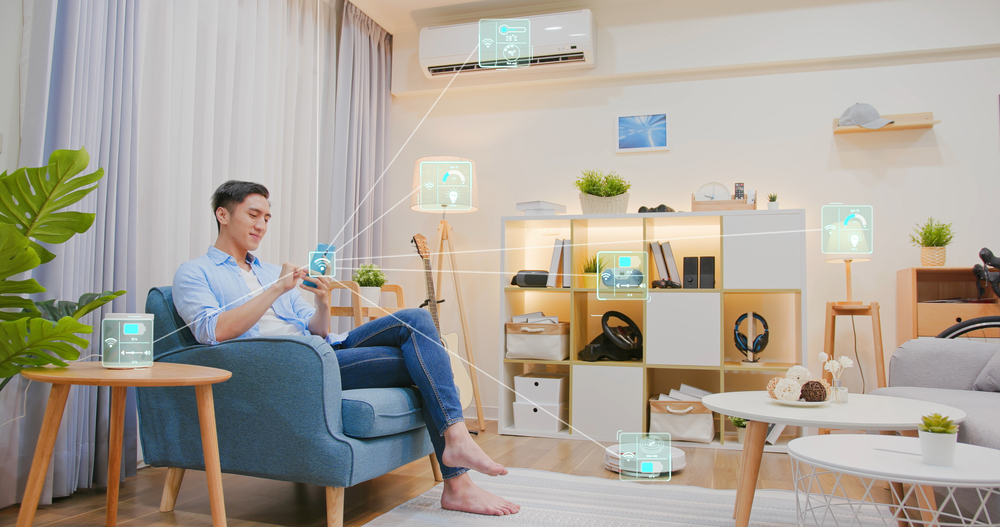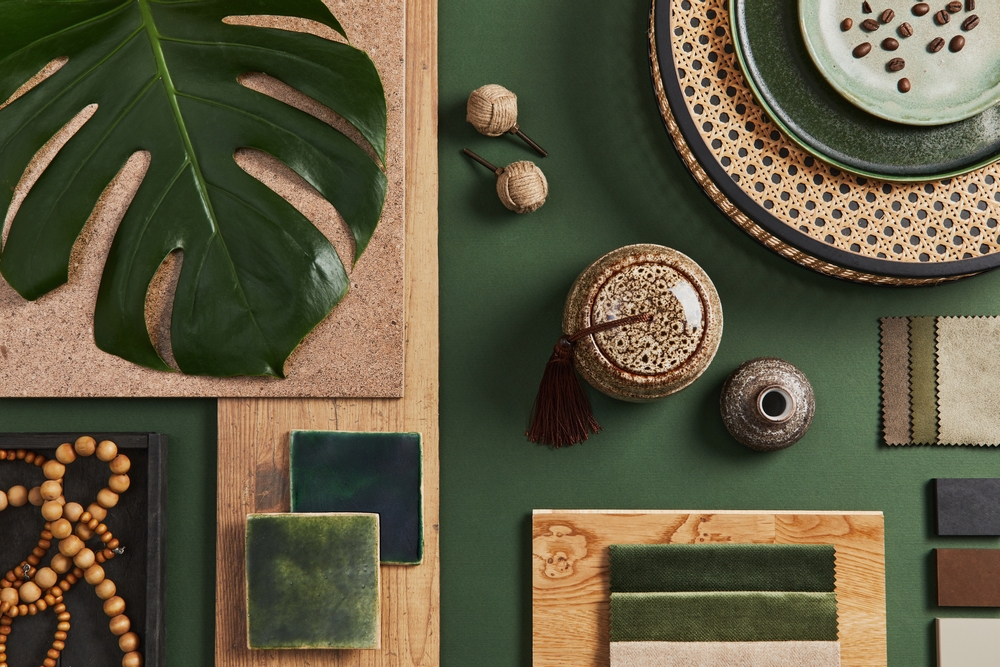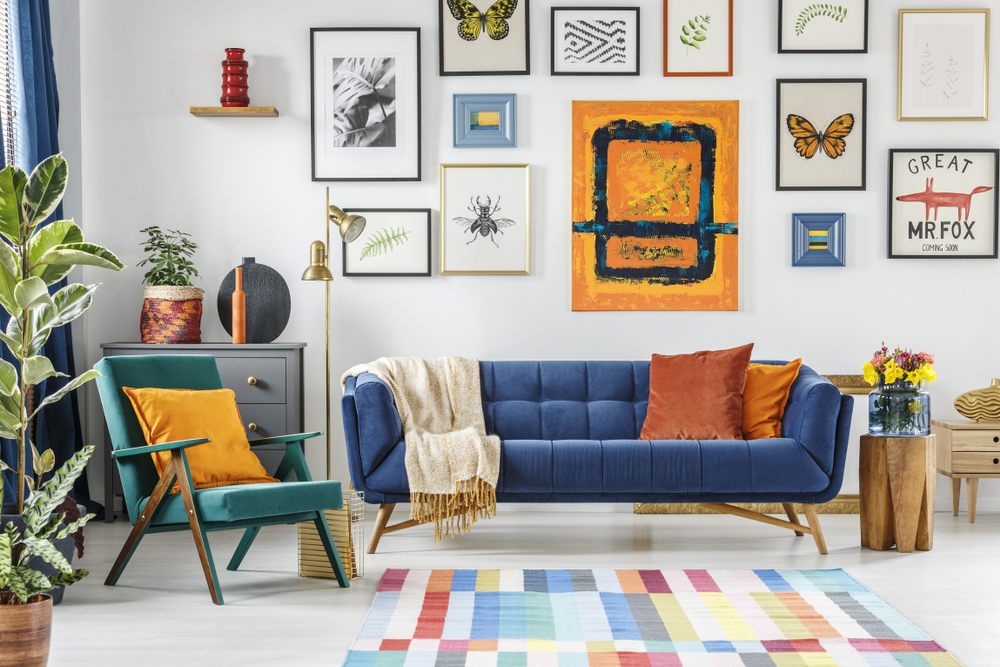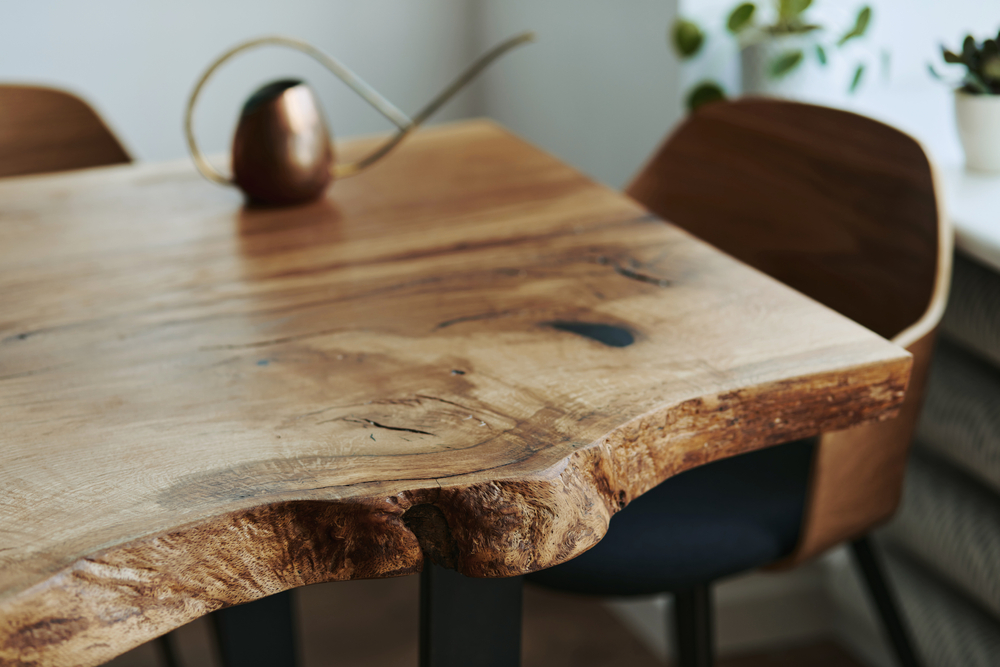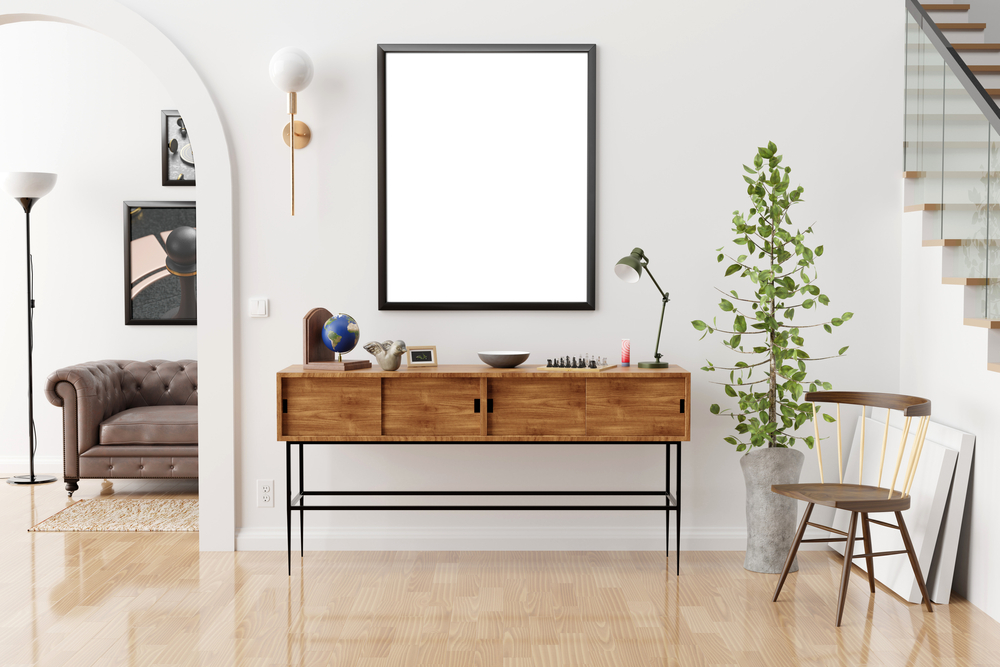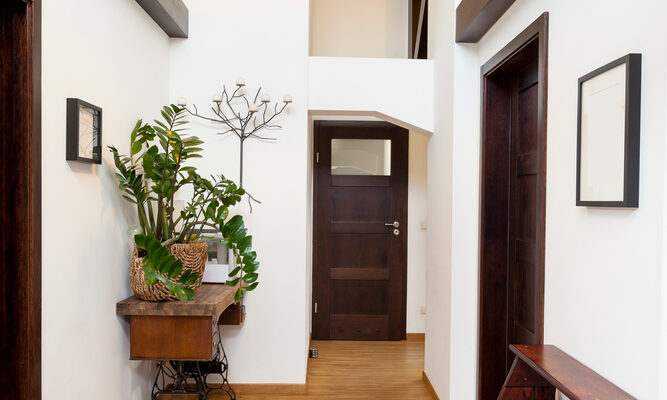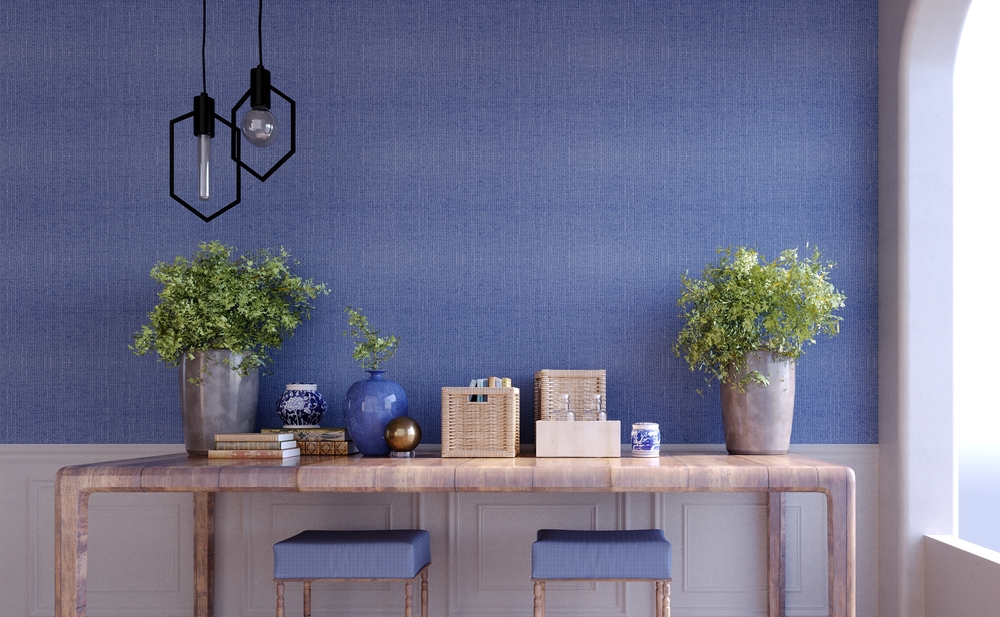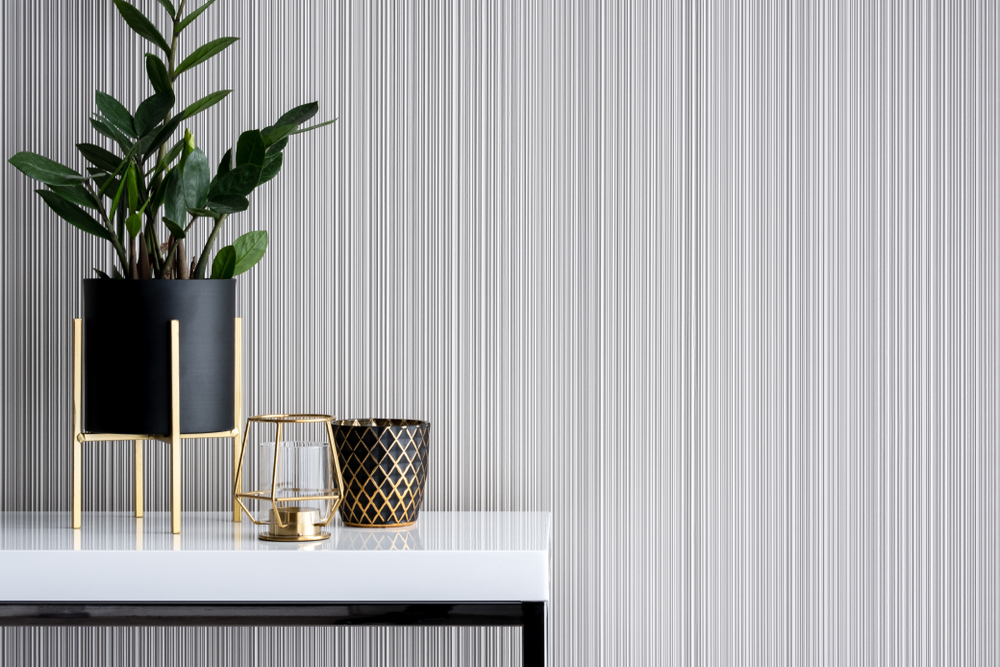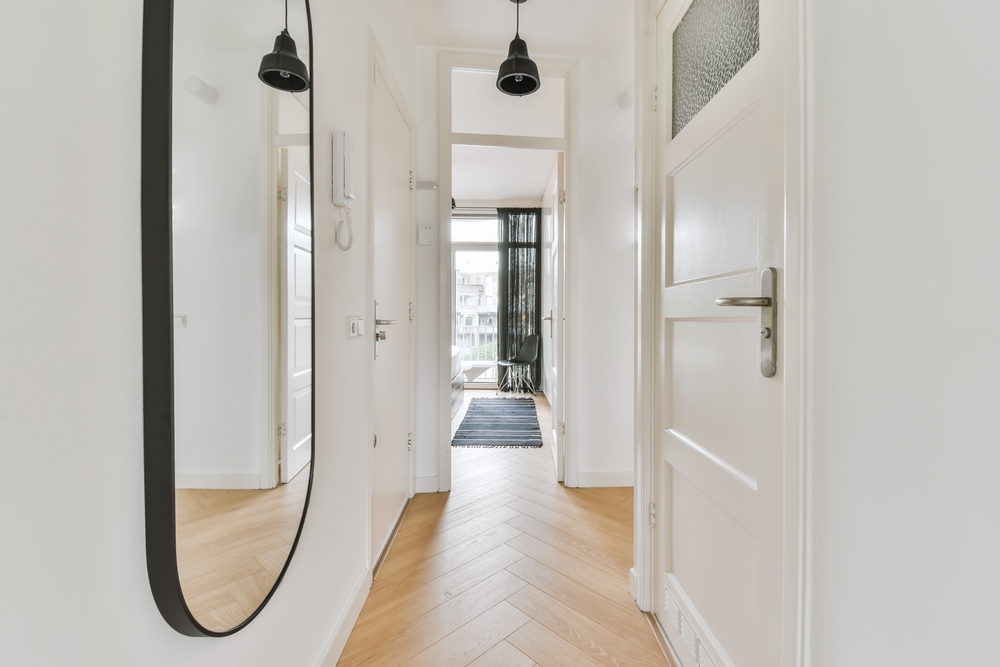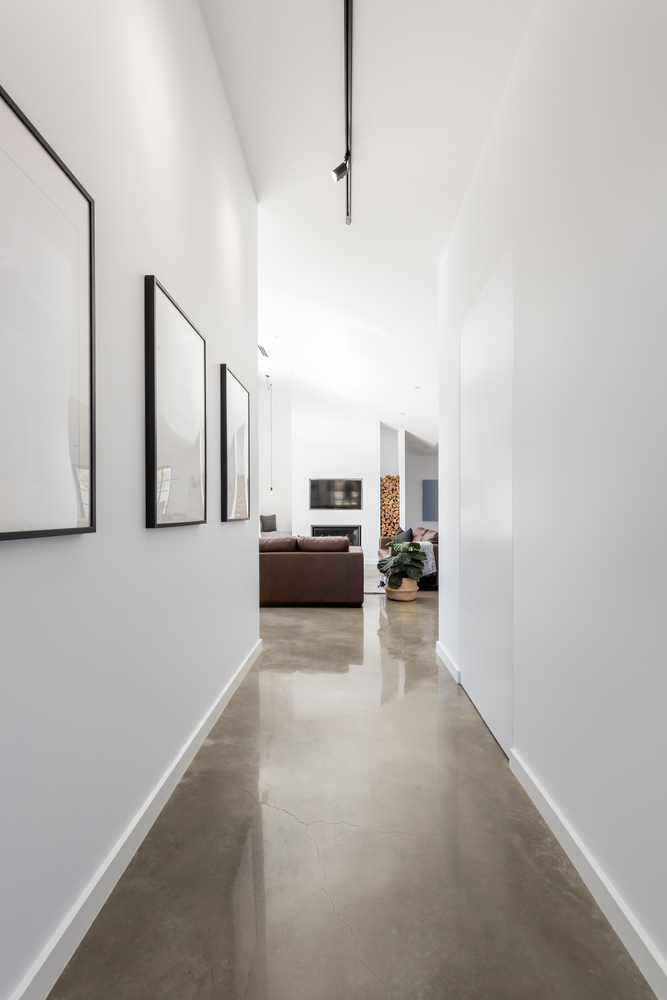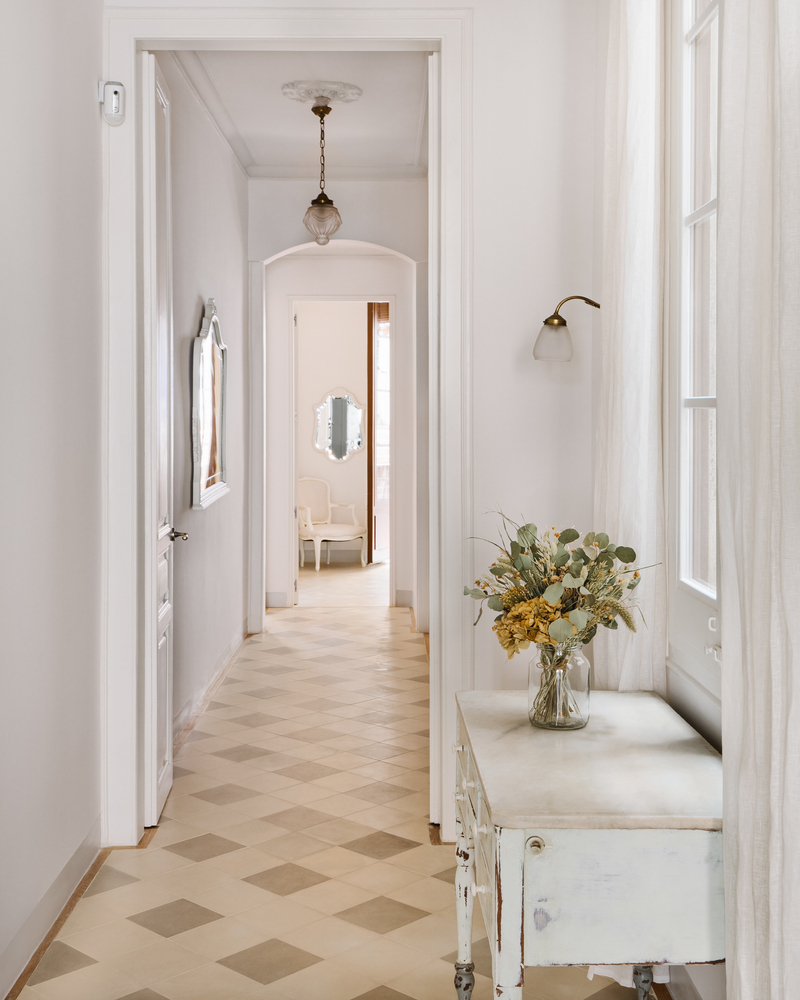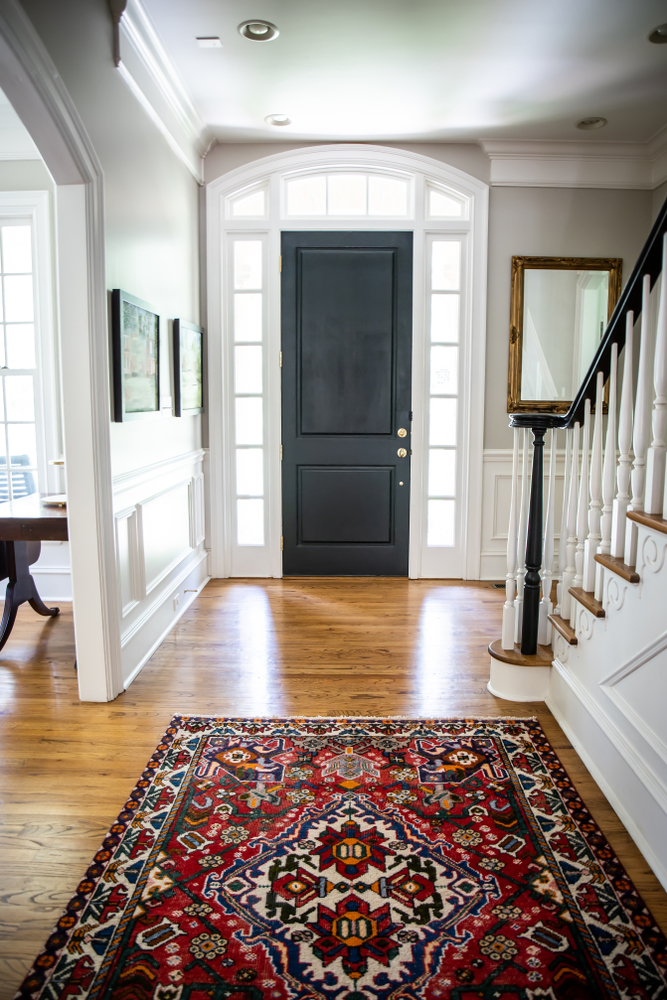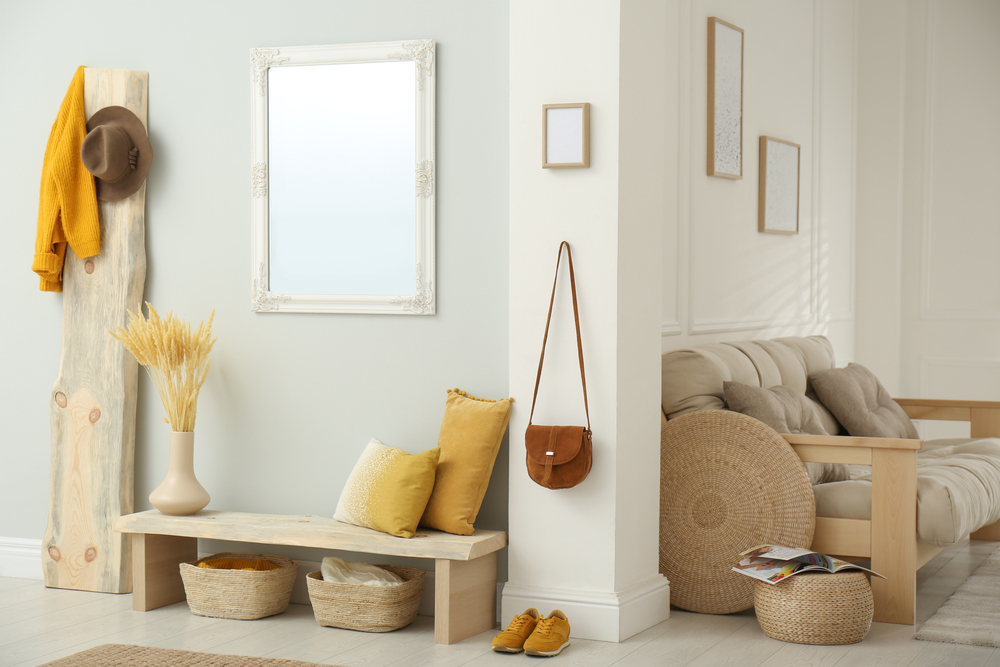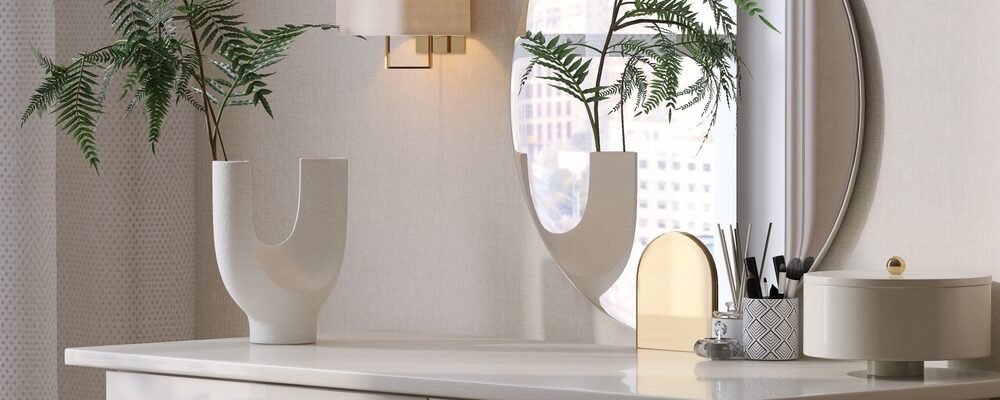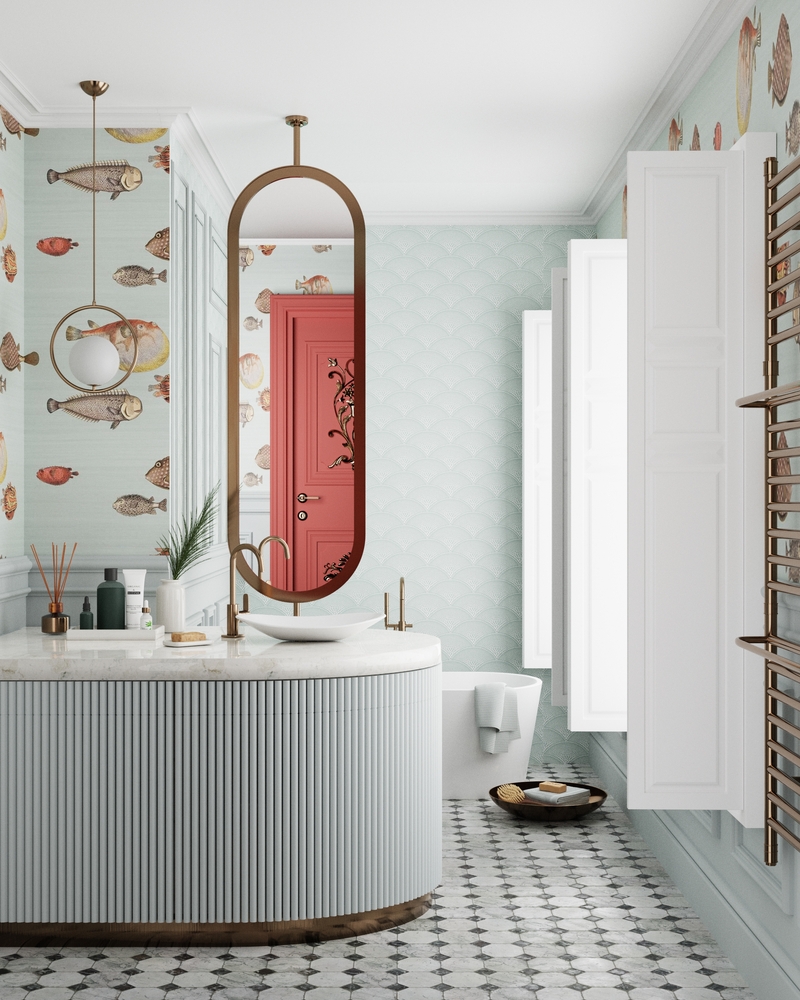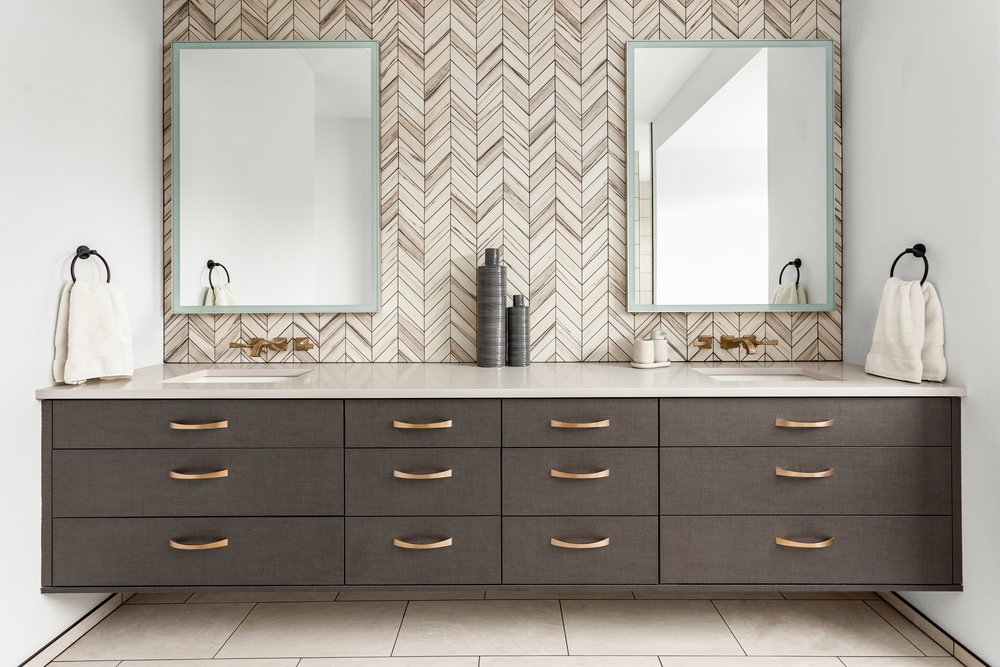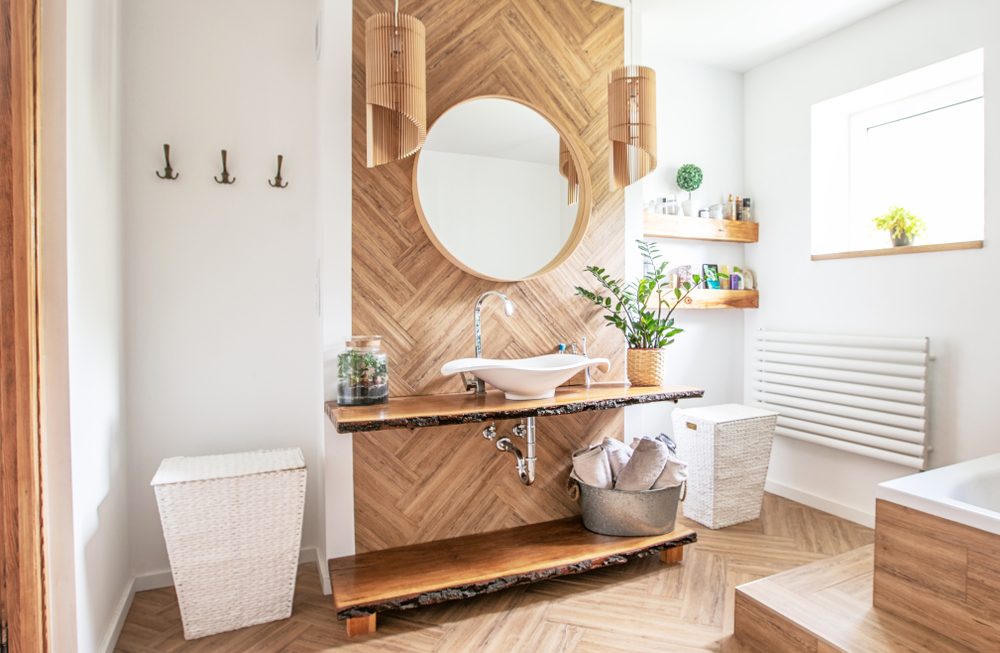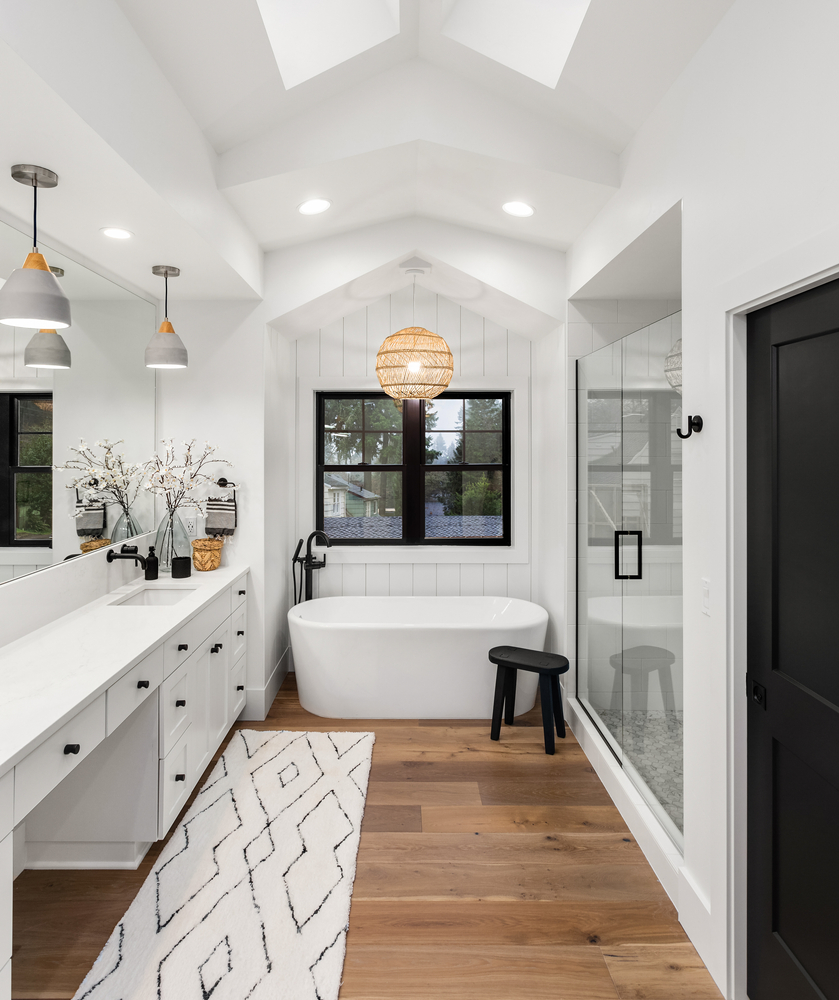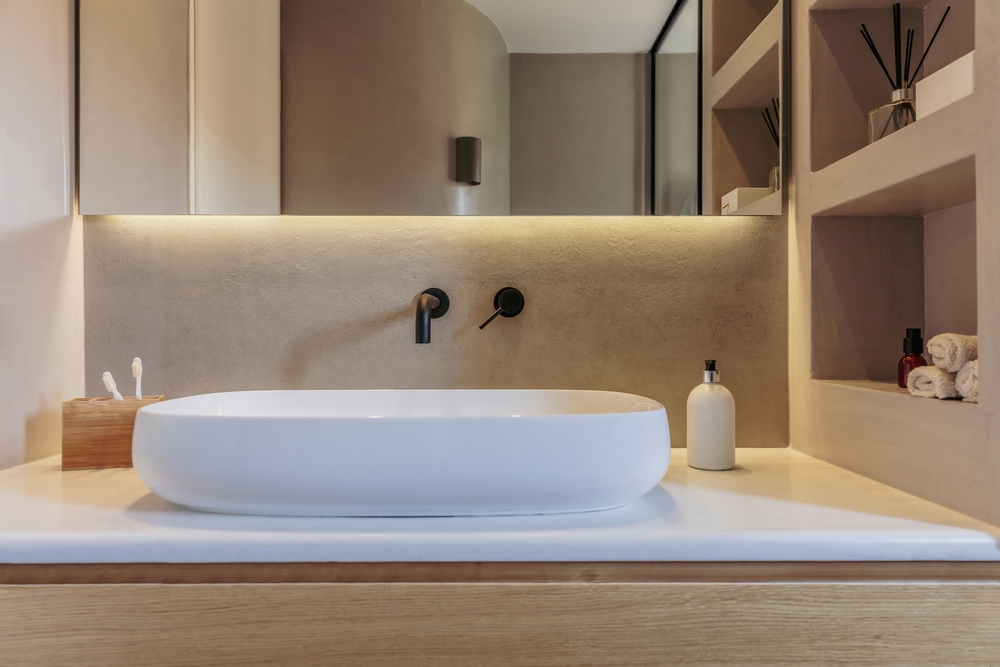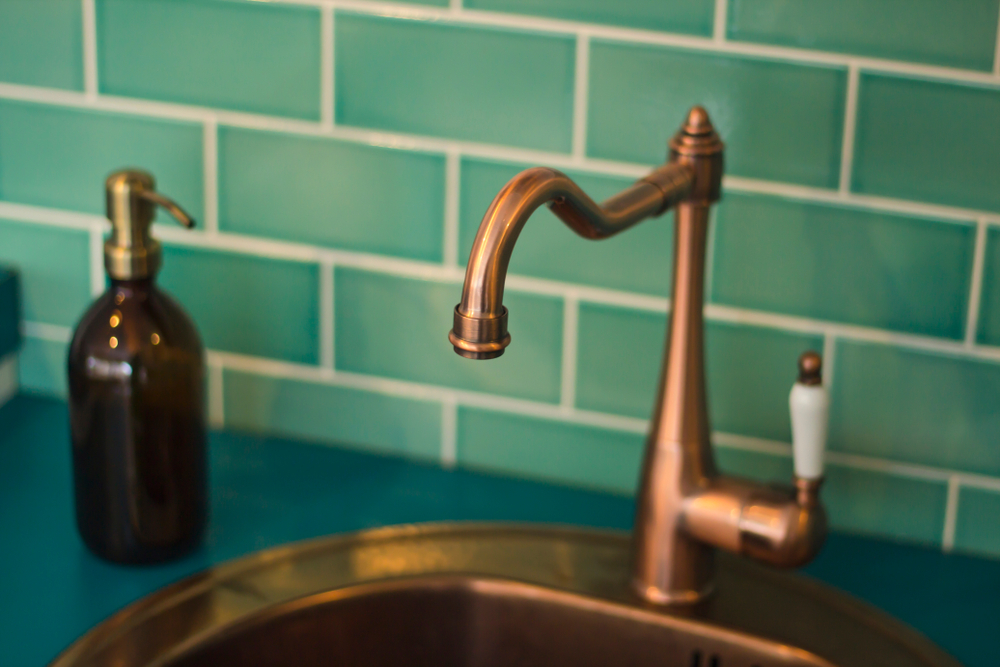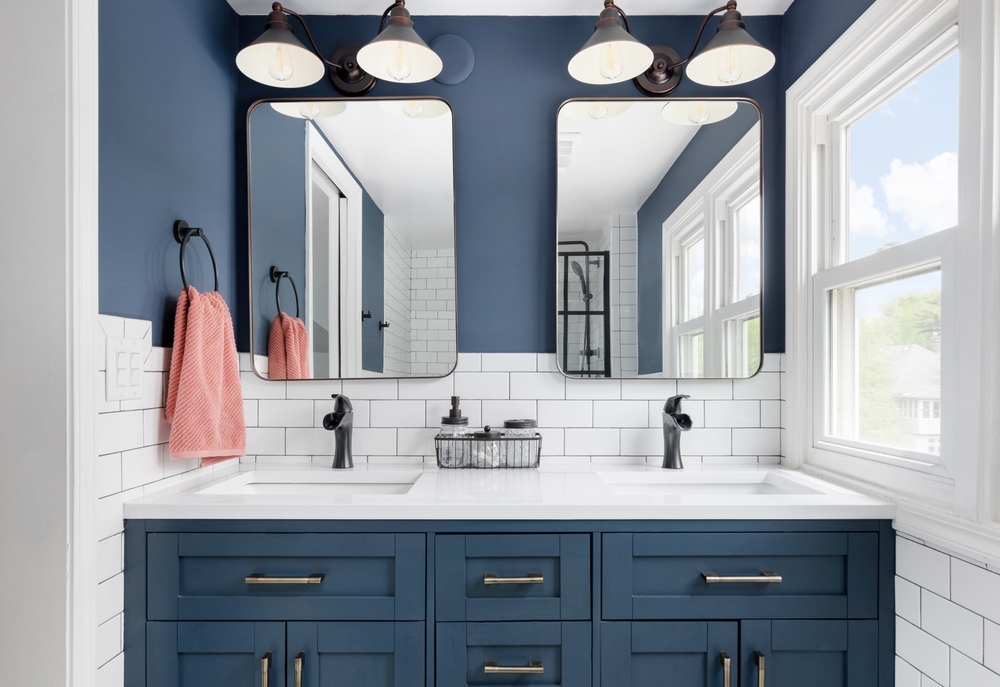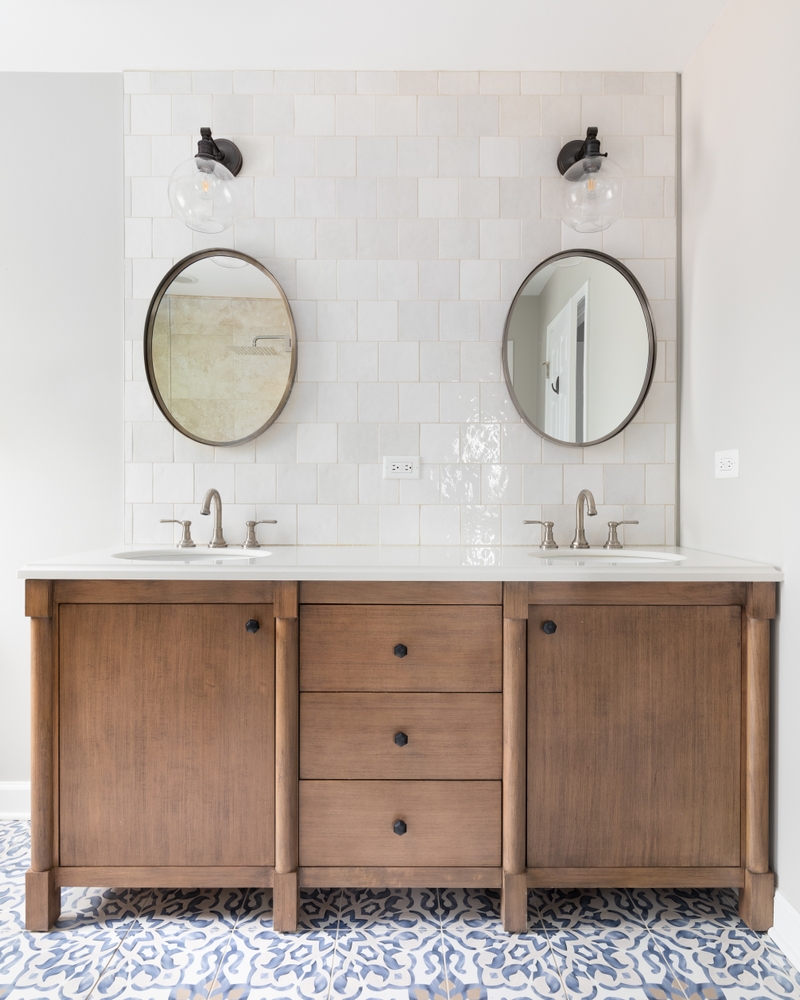Exterior lighting serves as much a practical purpose as an aesthetic one. It lights the way after nightfall and even deterring criminal activity. And style-wise, outdoor lighting has come a long way! If you’ve hesitated to upgrade your lighting because you’re not sure where to start, we’ve got a few recommendations for beautiful, functional lighting styles that will elevate the curb appeal and outdoor living spaces of your home.
Here are 5 styles of exterior lighting fixtures you should consider for your home in 2024.
Outdoor Pendants
The pandemic brought a lot more of our lives outside, and we’re pleased that even post-COVID, we’re still enjoying meals and family time in the fresh air. Pendant lights bring a finished feel to outdoor dining and living spaces, making them more appealing for everything from a dinner party to a quiet night reading your favorite novel. A woven pendant feels casual and coastal, while a lantern-style metal and glass pendant is ideal in more traditional or rustic homes.
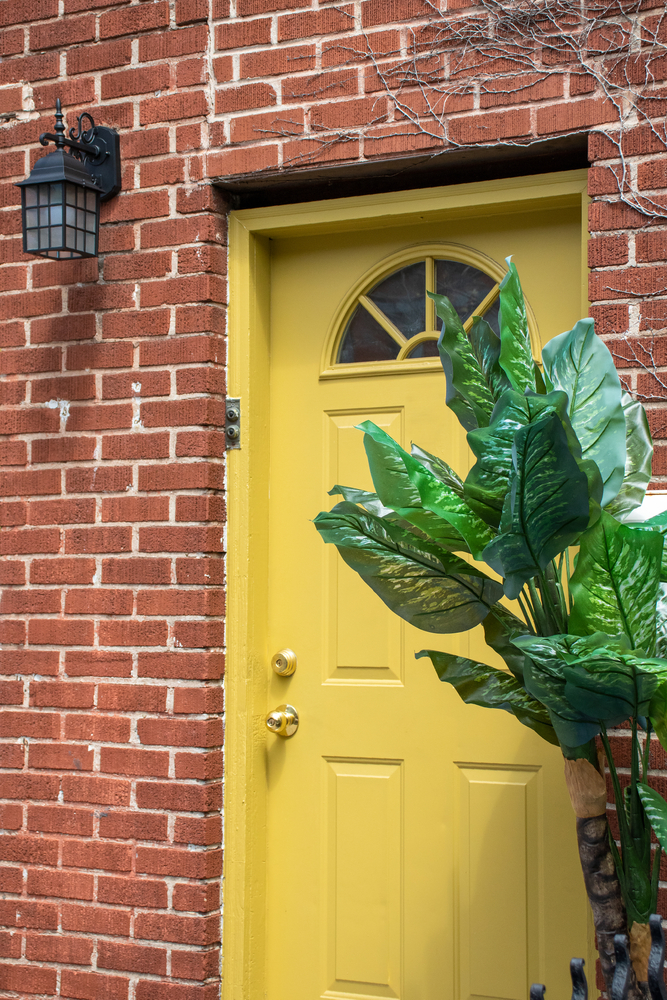
Exterior Sconces and Lanterns
Nothing says “curb appeal” like one (or a pair) of classic exterior sconces flanking your front door making your home’s portico look welcoming and warm as the sun goes down.
Adding a motion detector switch turns a beautiful sconce into a security measure for your home. It ensures the light switches on and illuminates your front porch when anyone approaches. This helps avoid tripping injuries, and can deter theft and break ins – keeping your family safe without the need for expensive cameras. Rustic, modern, and minimalist options abound, so there’s no doubt you’ll find one that works for your decor style.
Sconces aren’t limited to the front stoop, either! They work great on any exterior wall to bathe a space in light and add a chic touch.
Outdoor Ceiling Fans
Even when the peak of summer has come and gone, it’s never too early to plan for the warm days ahead. Exterior ceiling fans can circulate air to keep you cool on even the hottest days. They can help keep flying pests at bay, and are safe for kids and seniors who might trip over bulky floor fans or hazardous cords. Installing a fan is a complicated task best left to an experienced electrician – be sure to ask a lighting specialist for recommendations!
In recent years, ceiling fans have gone from practical eyesore to beautiful, useful fixtures. A minimalist design can blend right into your exterior deck ceiling, or you can go big and bold with a statement fan that’s as eye-catching as it is beneficial.
Pro Tip: Ceiling fans aren’t just for hot months! Paired with an outdoor fireplace or fire pit, they can help circulate warmer air, keeping you cozy for outdoor movie nights or snuggling under the stars.
String Lighting
String lights, also known as cafe lights, continue to be popular with homeowners, for good reason! They’re affordable, versatile, and create a magical ambiance in any outdoor space. Strung from trees, porches, and across pools, they make even the most mundane evening activities feel a little more special. Look for high quality, wet-rated outdoor lights from a reputable brand to ensure that they’ll stand the test of time.
Recessed Lighting
If you believe firmly in the “less is more” axiom when it comes to exterior lighting, outdoor recessed lights might be the perfect choice for you! This style of light blends seamlessly with your exterior ceilings (and even floors!) for practical illumination that requires very little maintenance.
Like the look of recessed lighting, but don’t want the hassle of in-ceiling installation? Several brands offer low profile lights that can be fitted into existing light electrical boxes, saving you money and time.
Recessed lights can also be use together with more decorative pendants or sconces to give your statement pieces room to shine while also ensuring that your exterior spaces will be well-lit for any activity or event.
——————-
Having quality exterior lights on your home isn’t just a matter of showing off for the neighbors. Attractive, practical exterior lighting expands your square footage, creating more living space for your family to enjoy all year long. It’ll improve curb appeal, deter crime, and keep your friends and family safe long into the evening hours. What more can you ask for?
Still overwhelmed by the options? Stop by our showroom to talk to one of our lighting experts. We’ll help you find beautiful lighting for your outdoor spaces – without the hassle of spending hours of time online researching, only to put it off for another day. You don’t have to wait to make your home look great, we’ll help you get started today!
